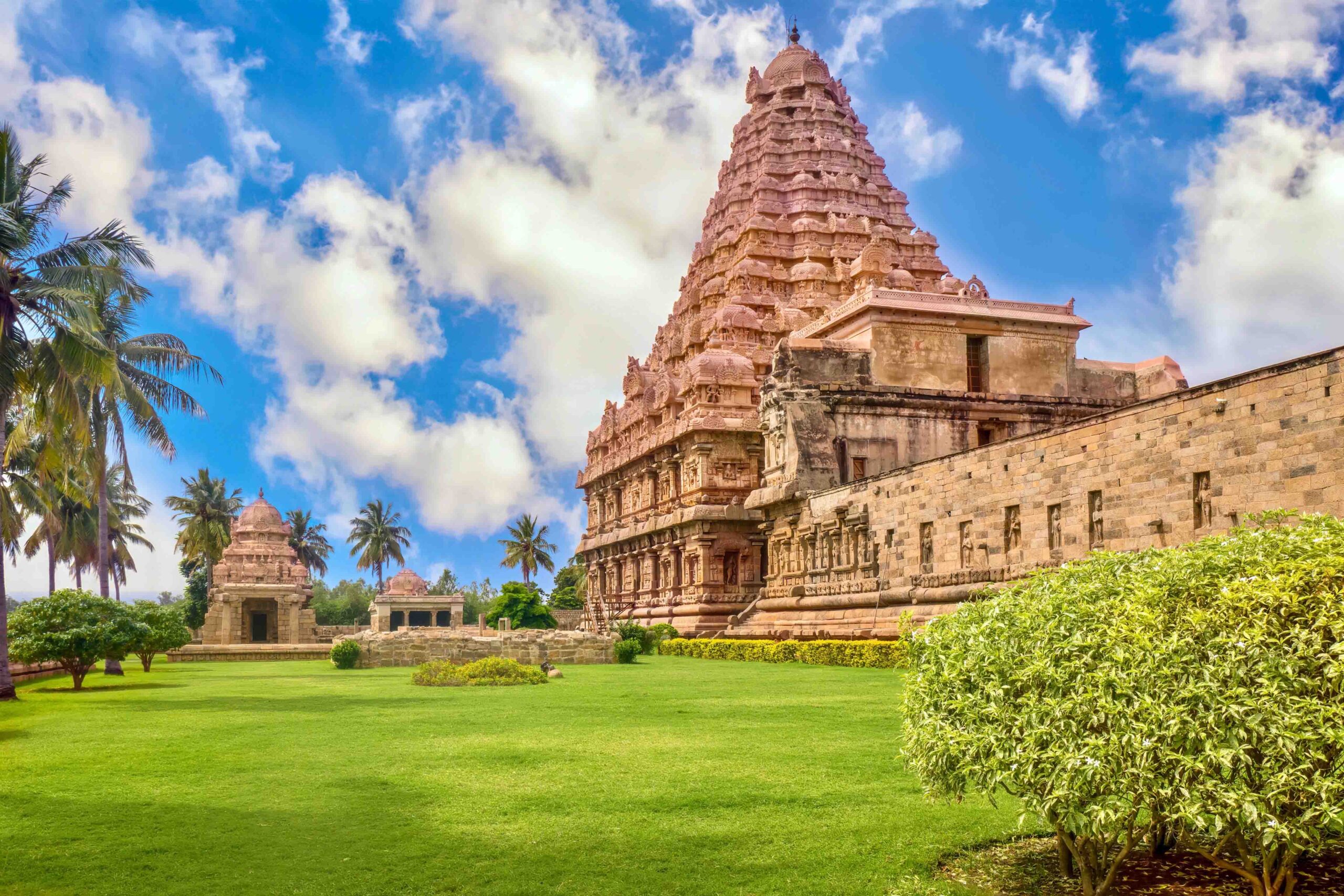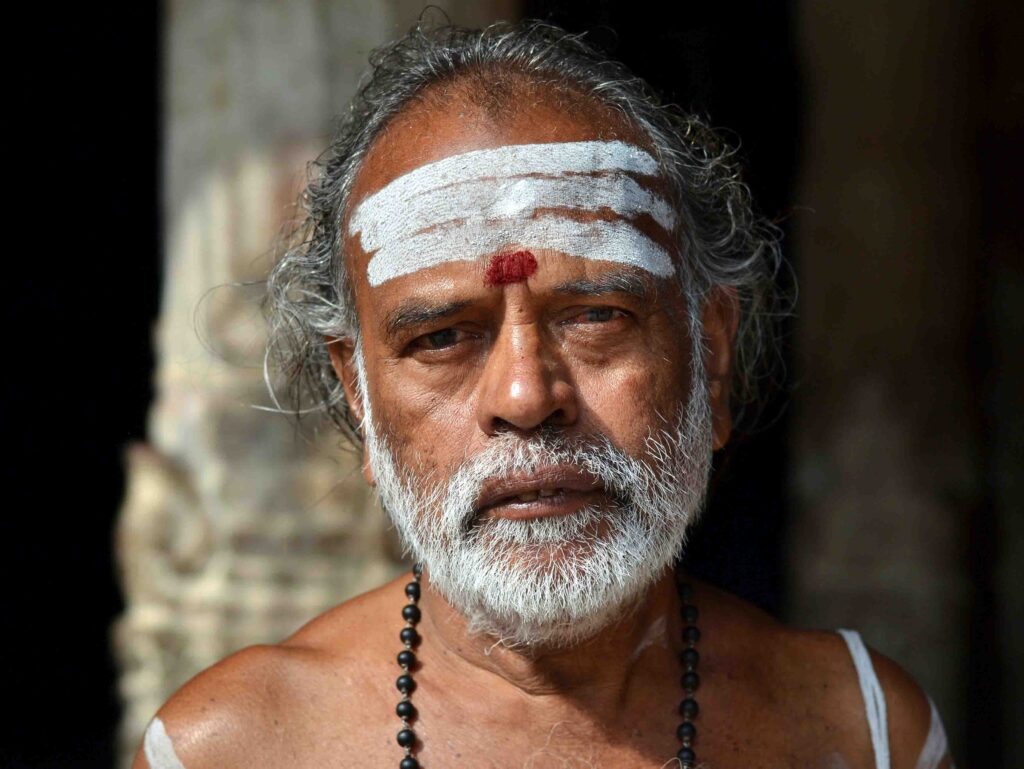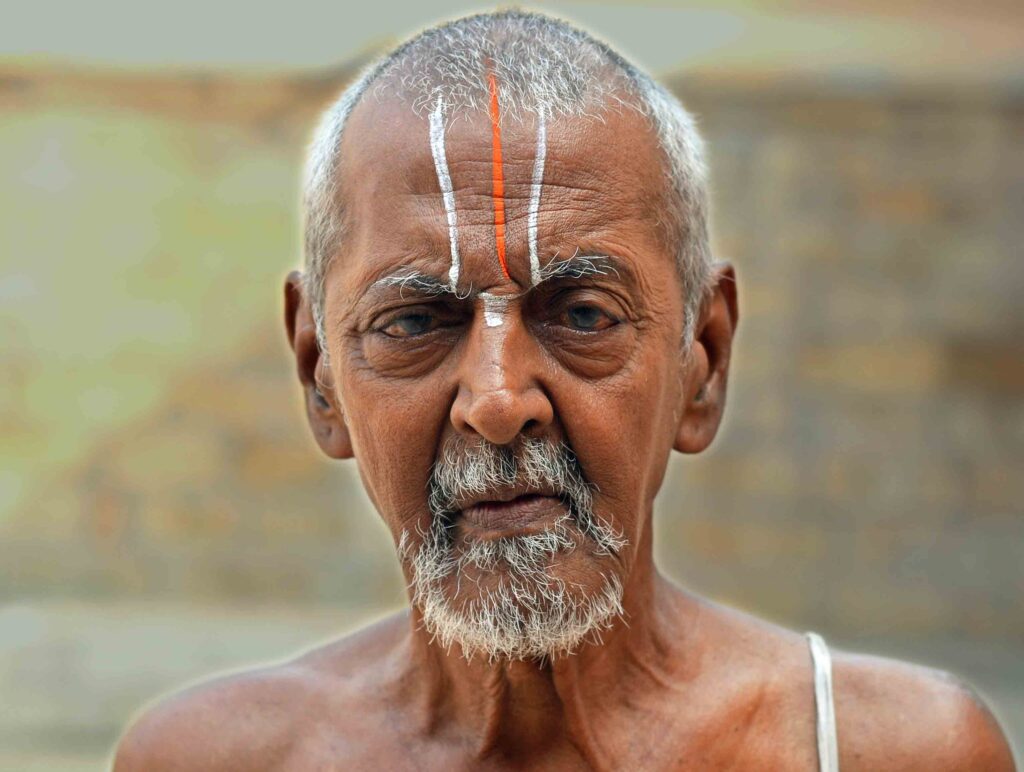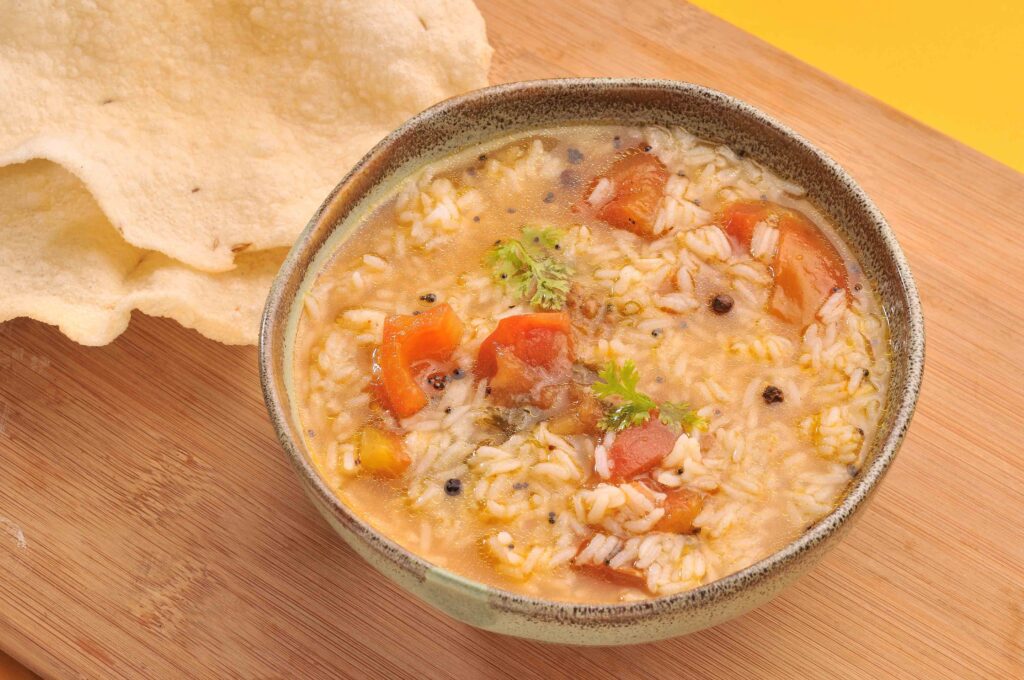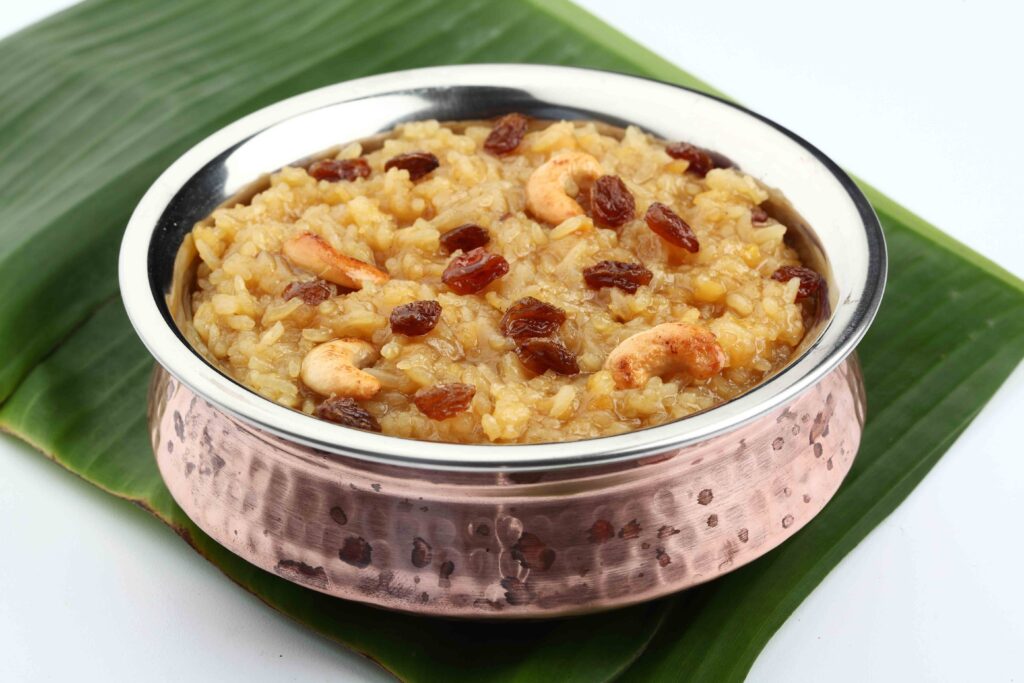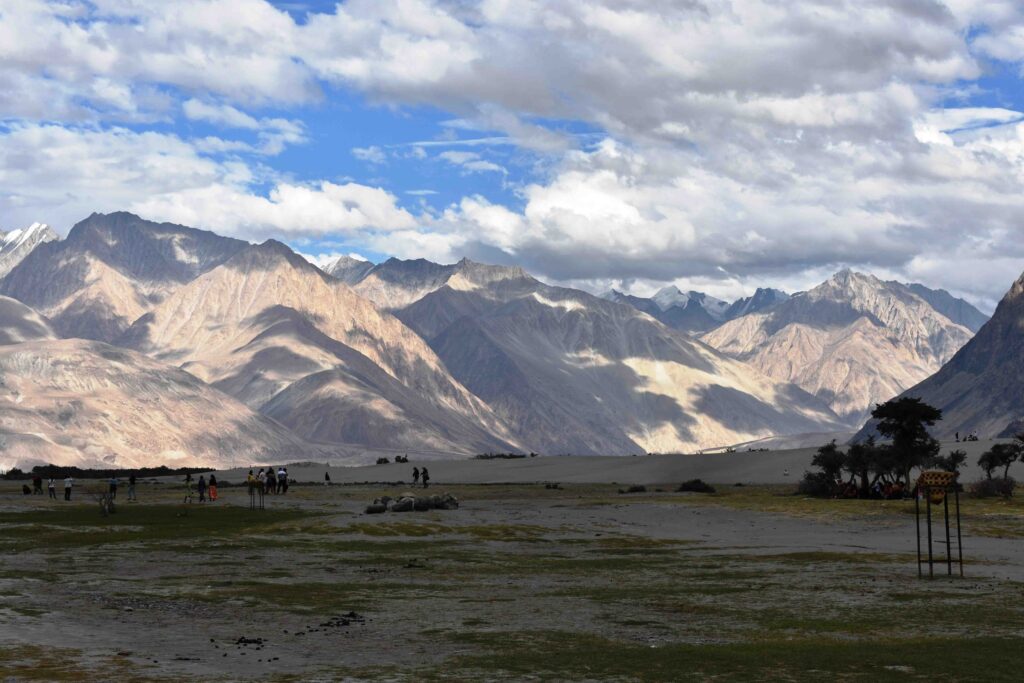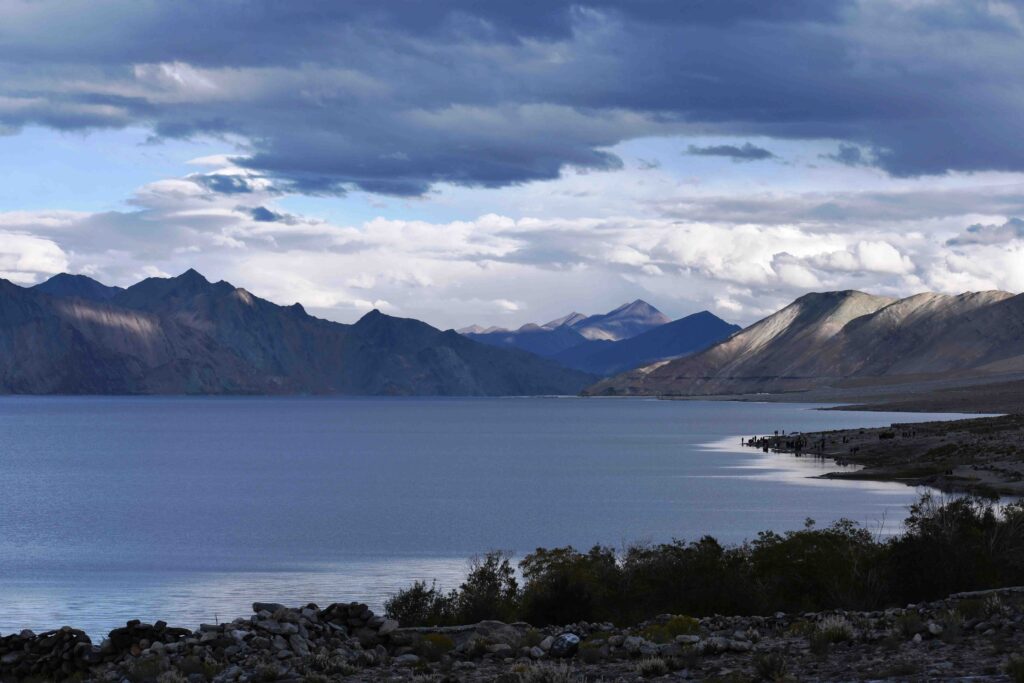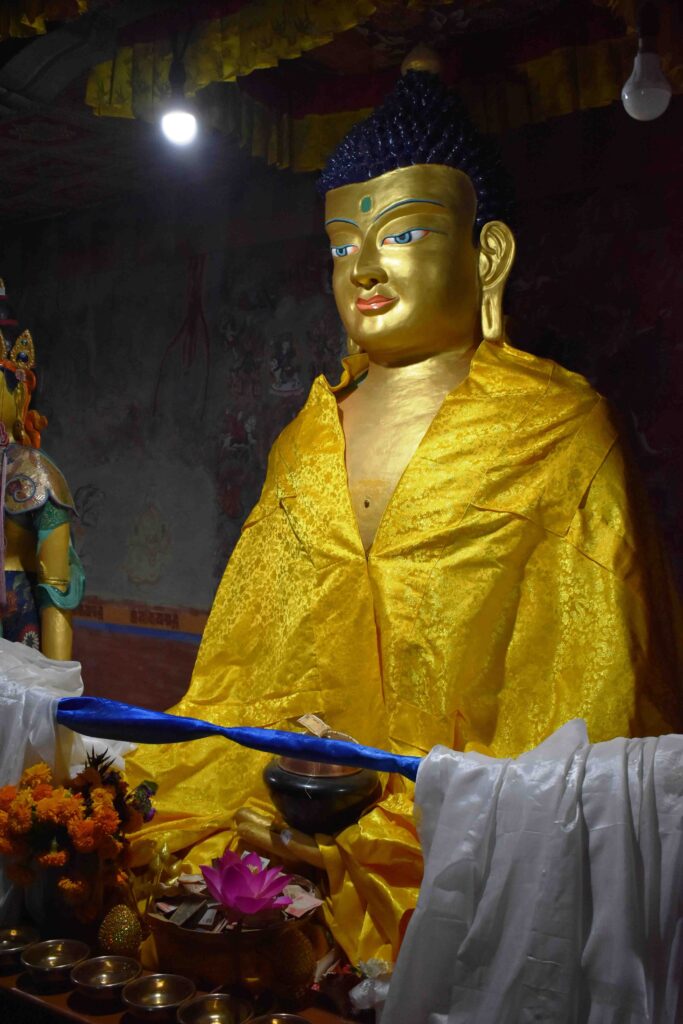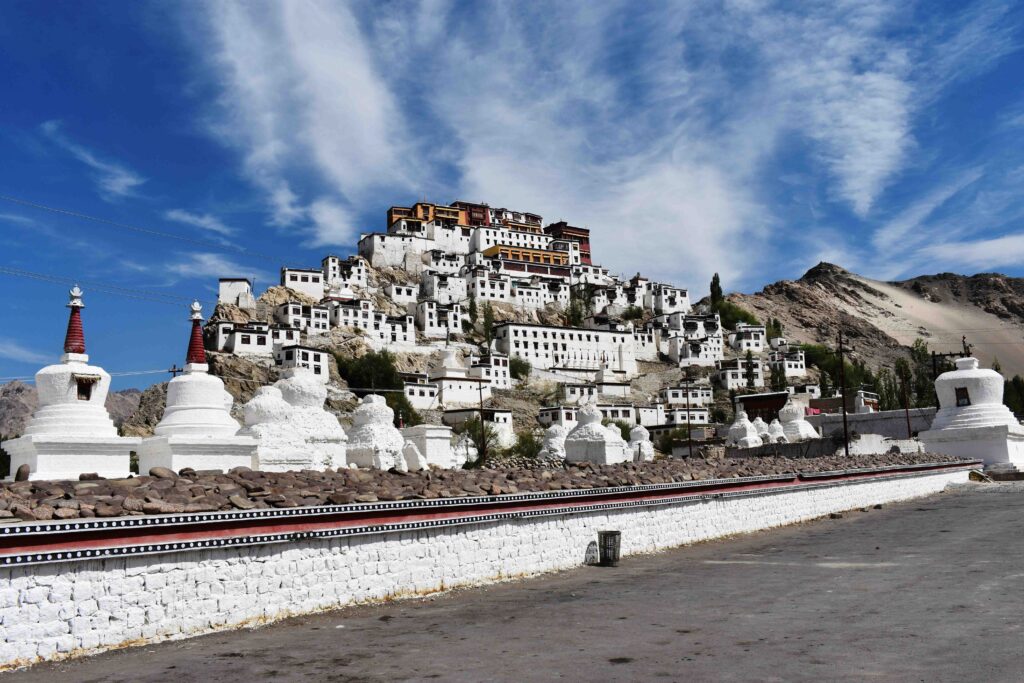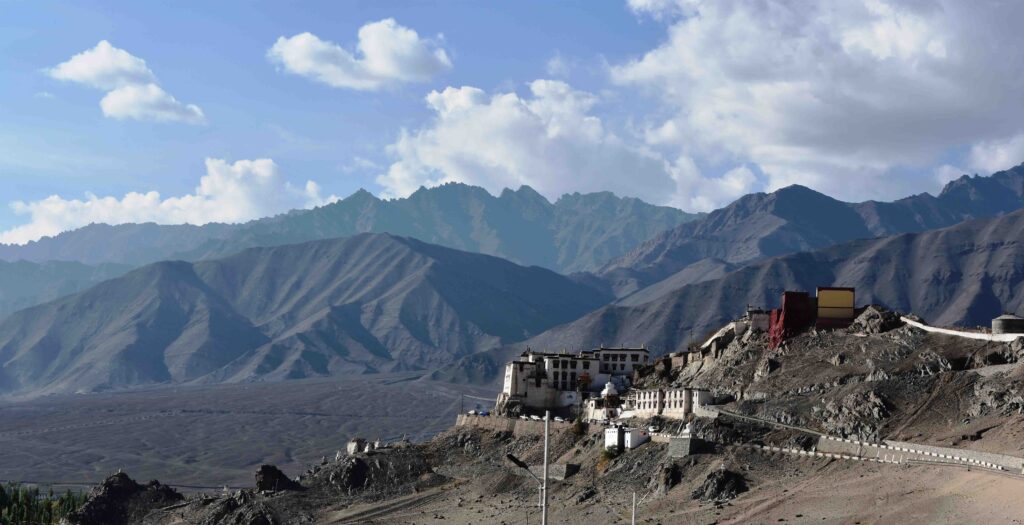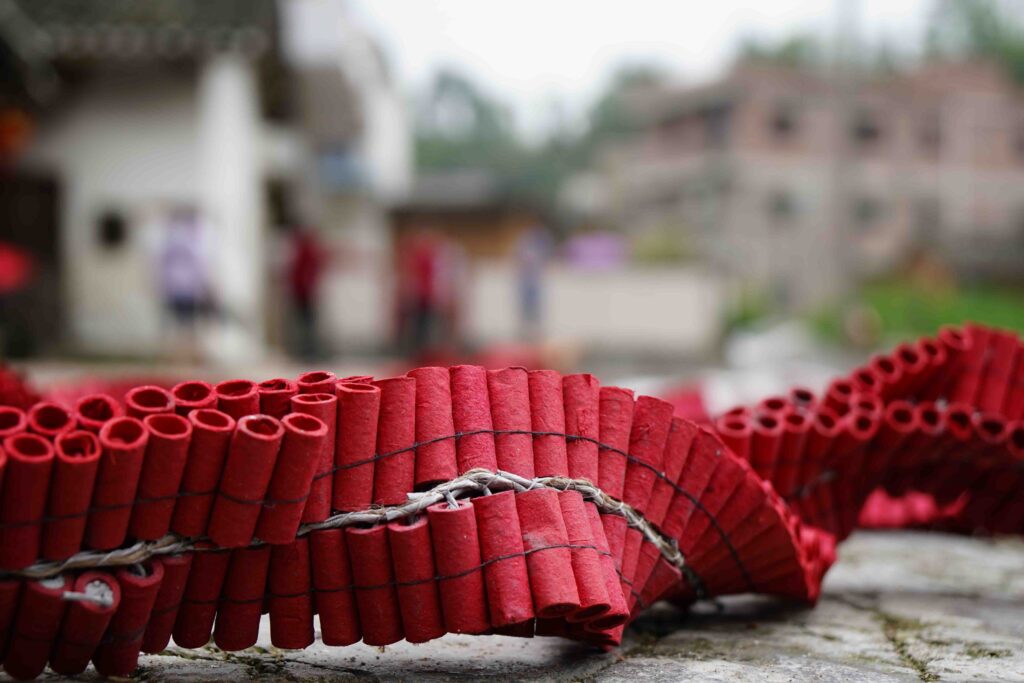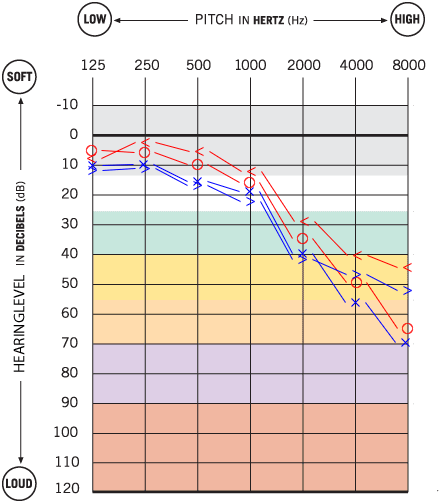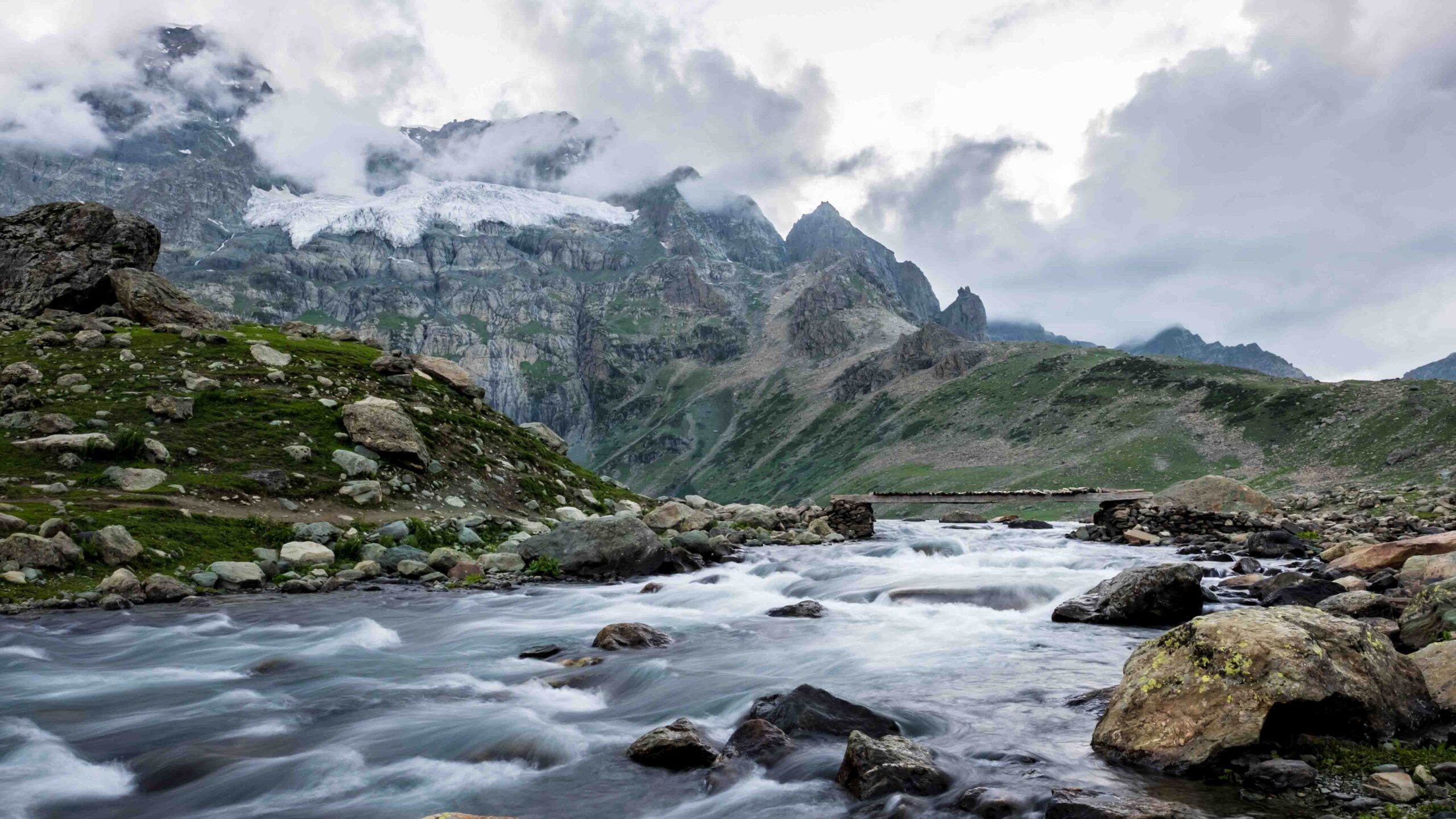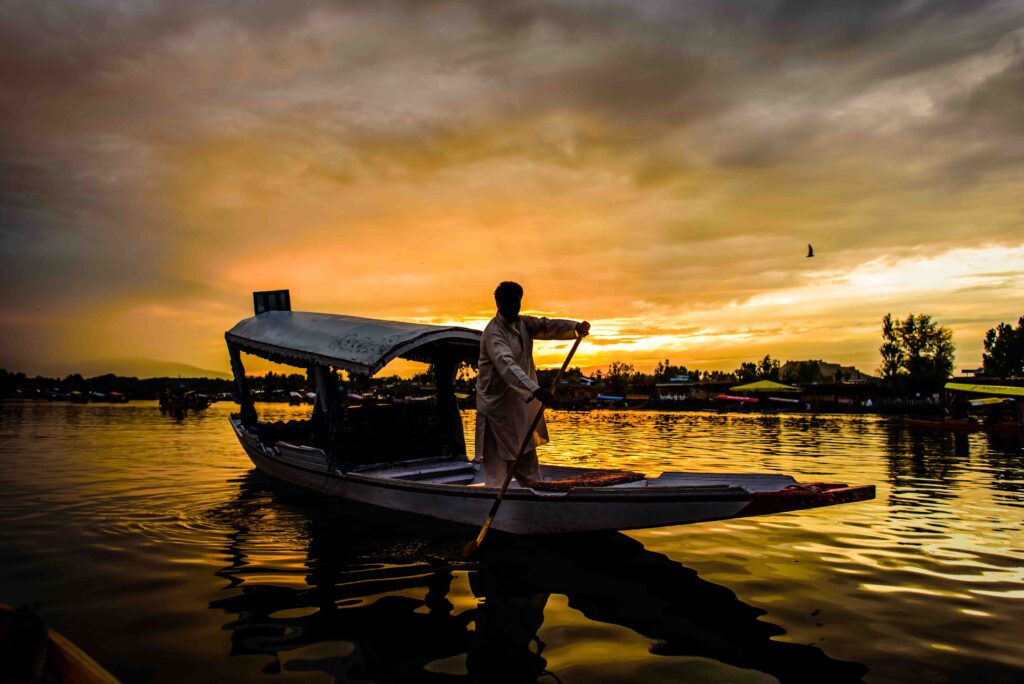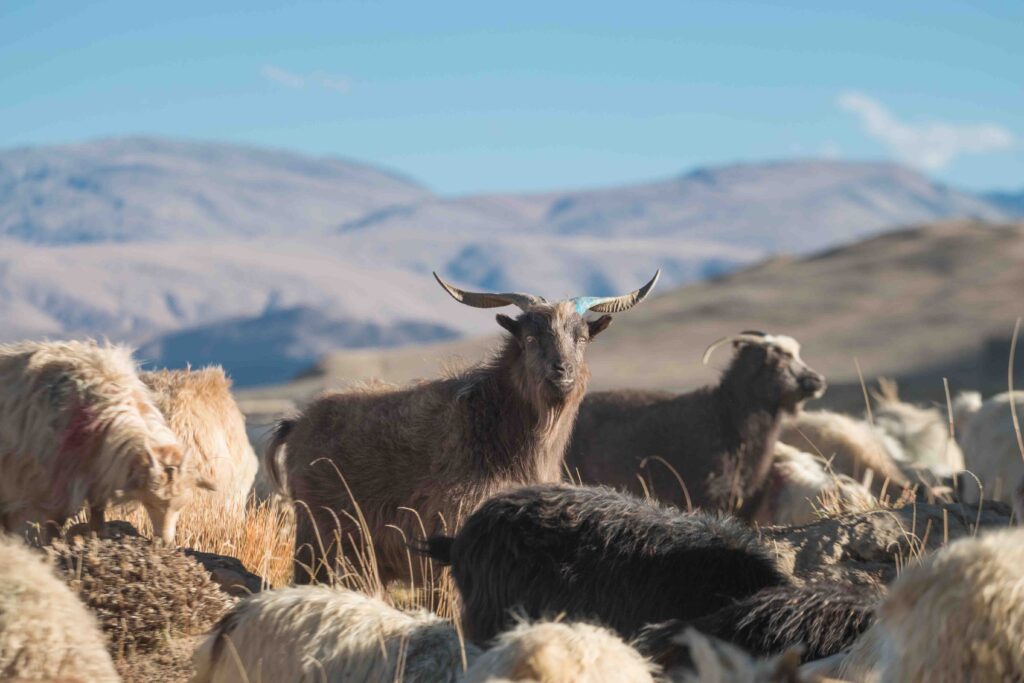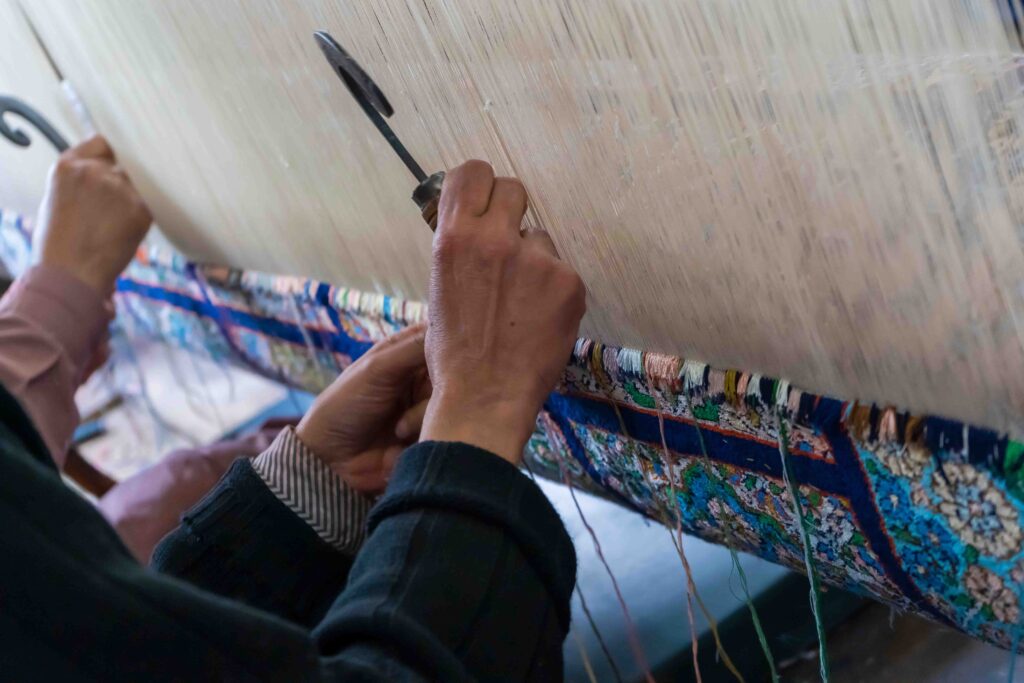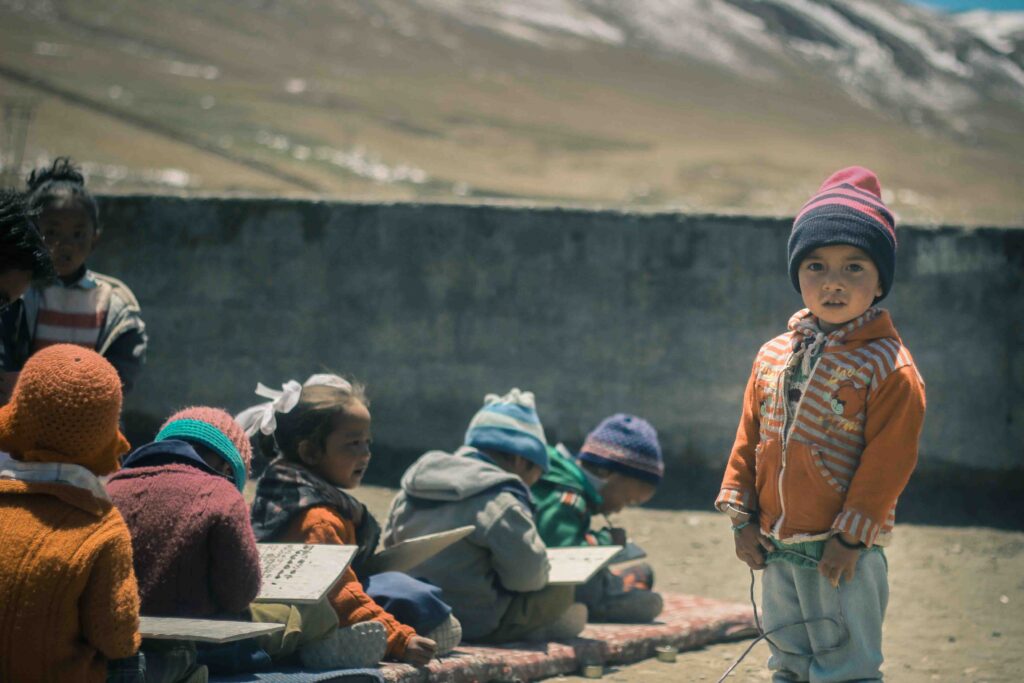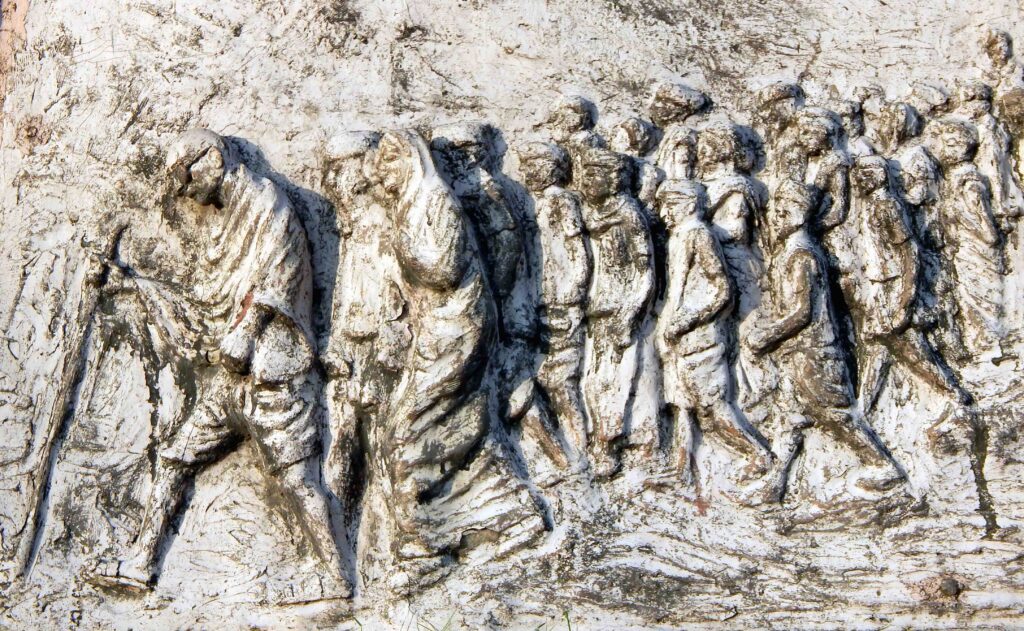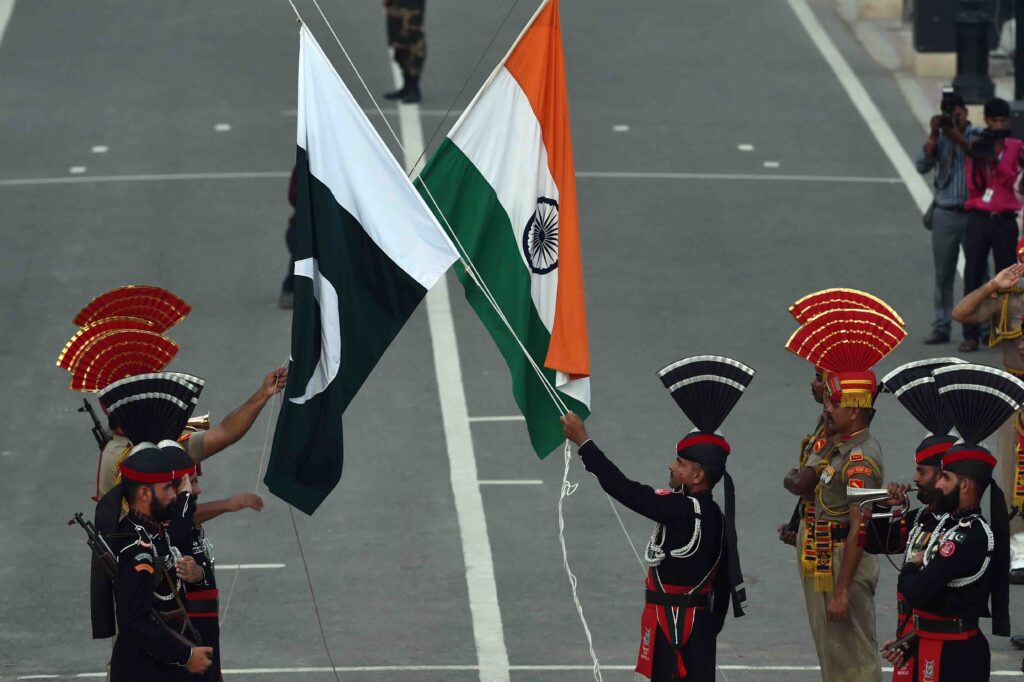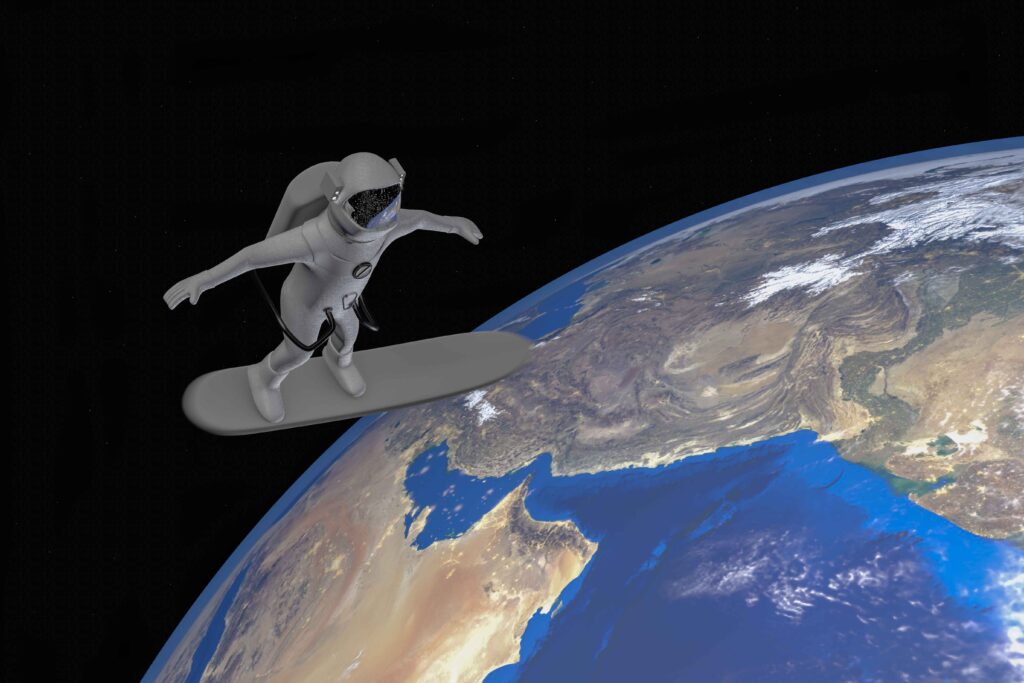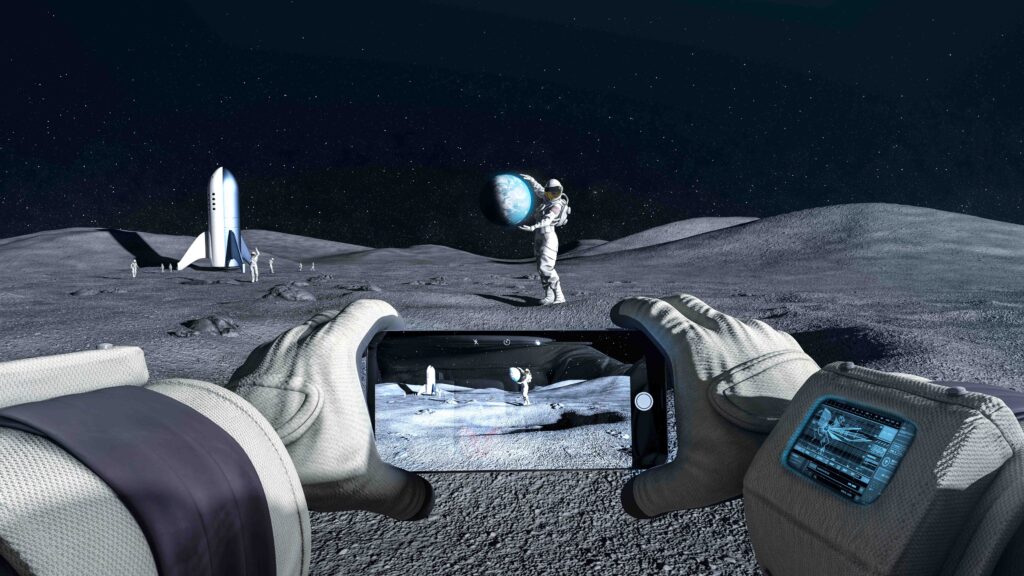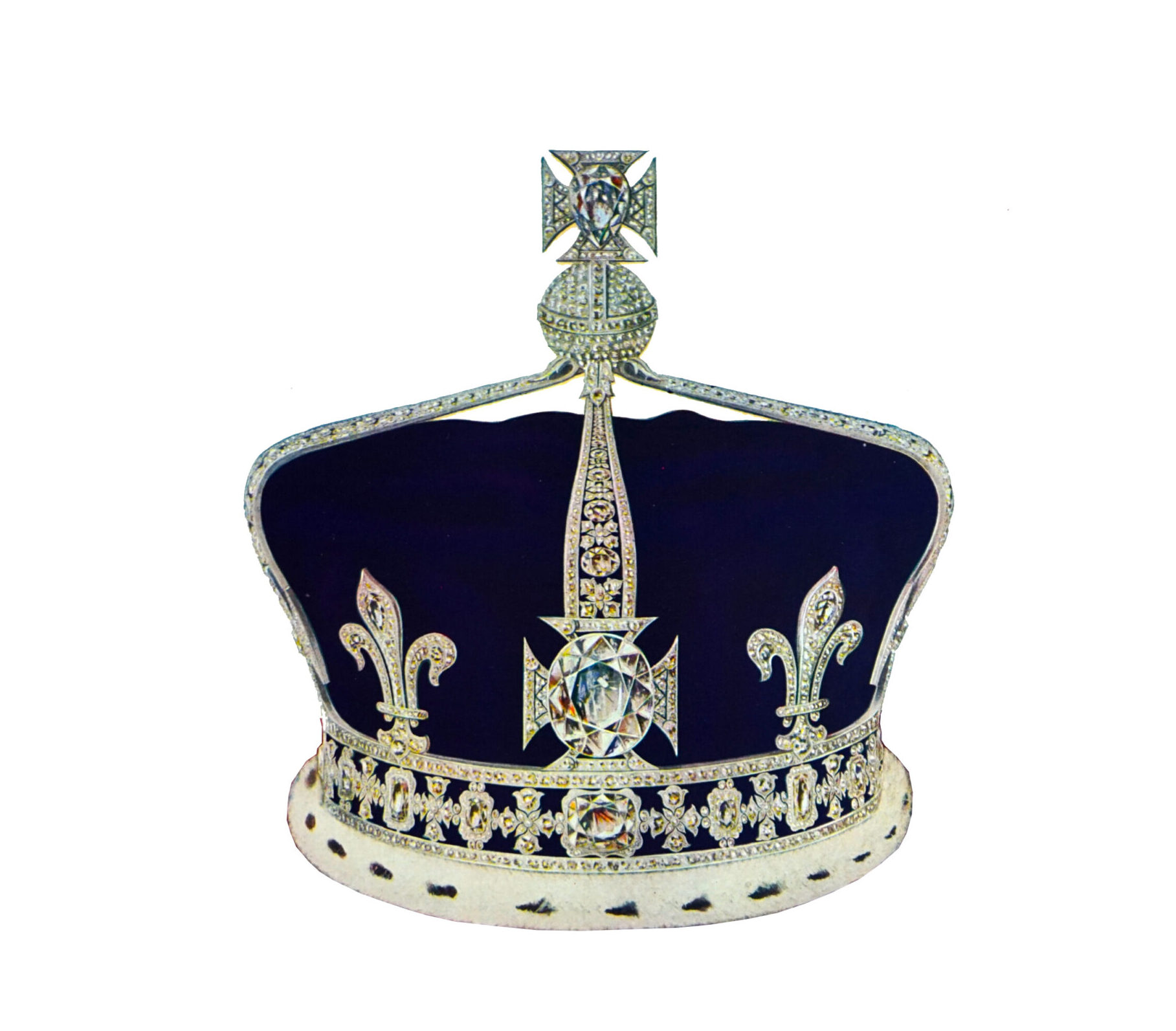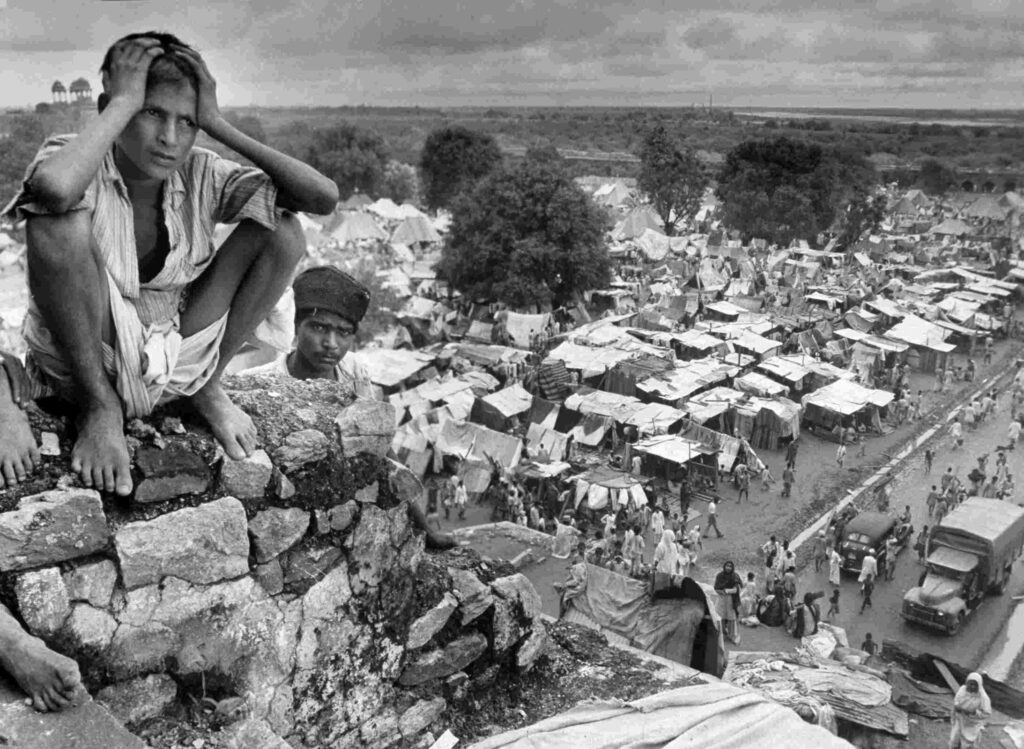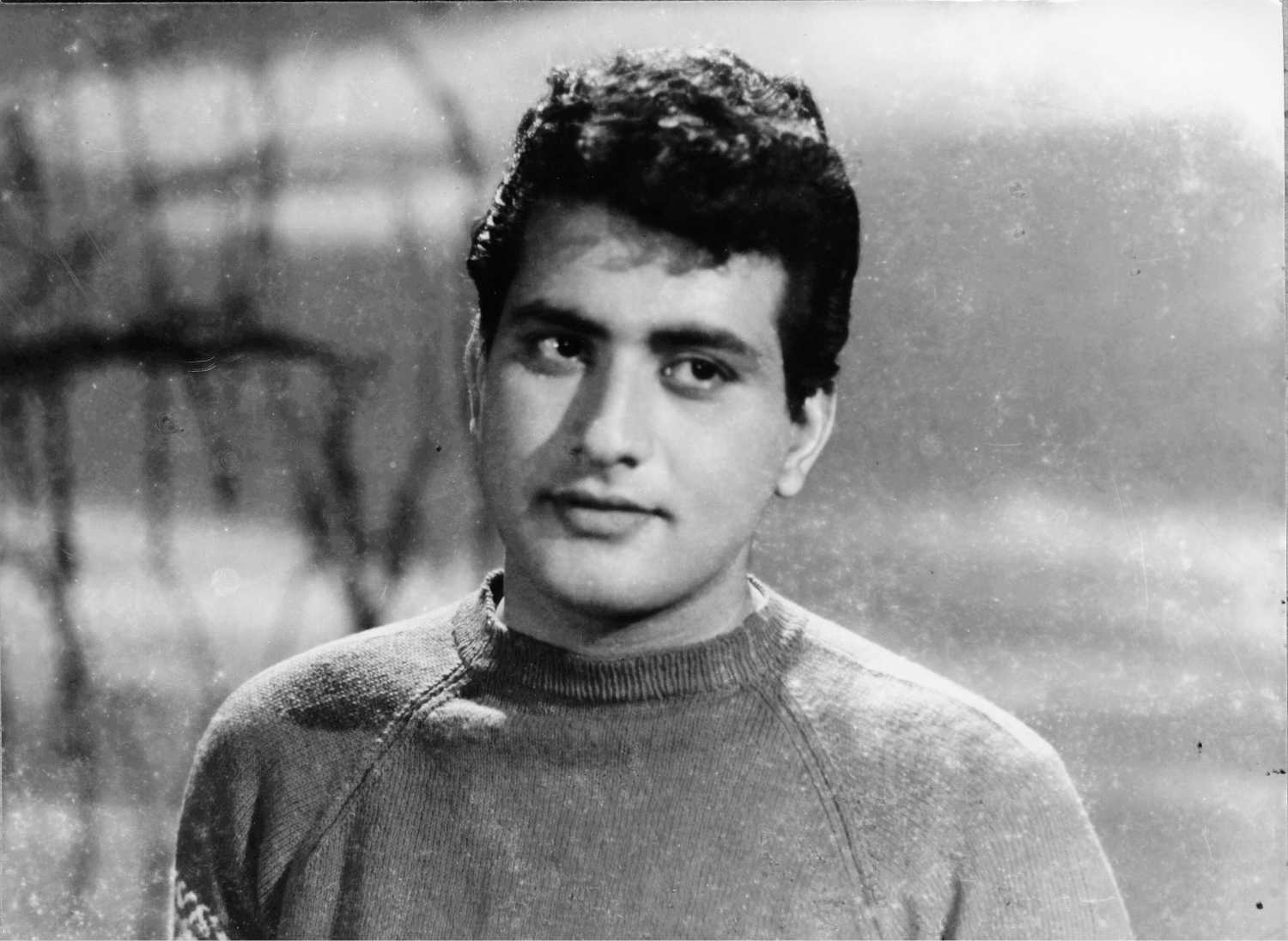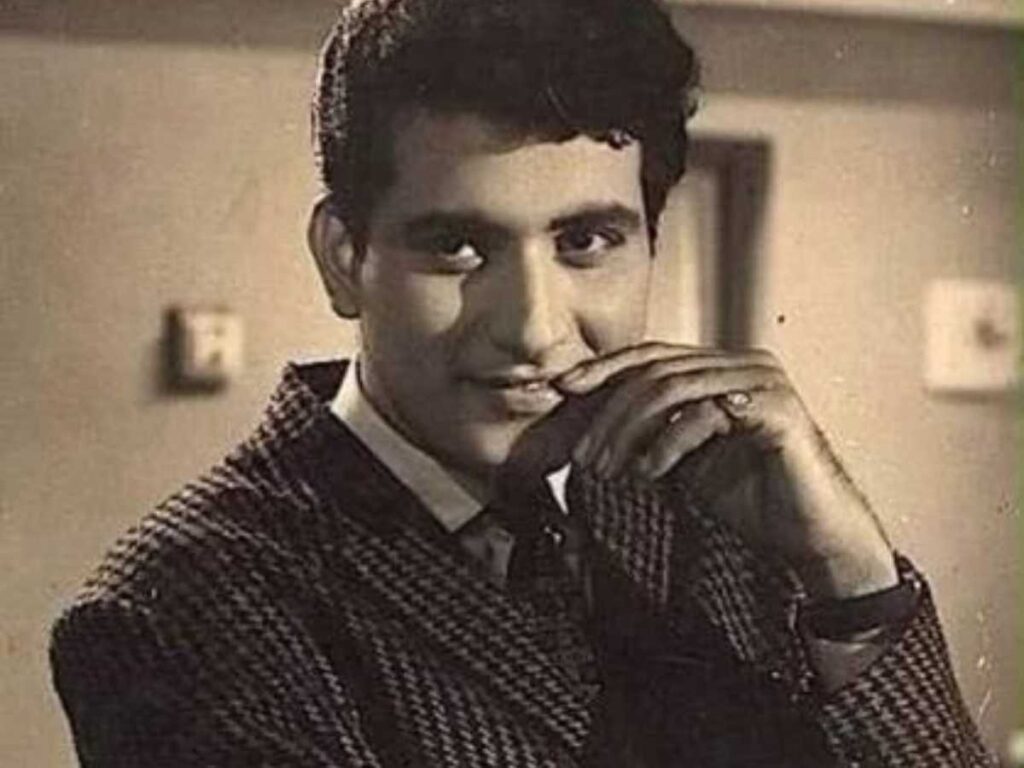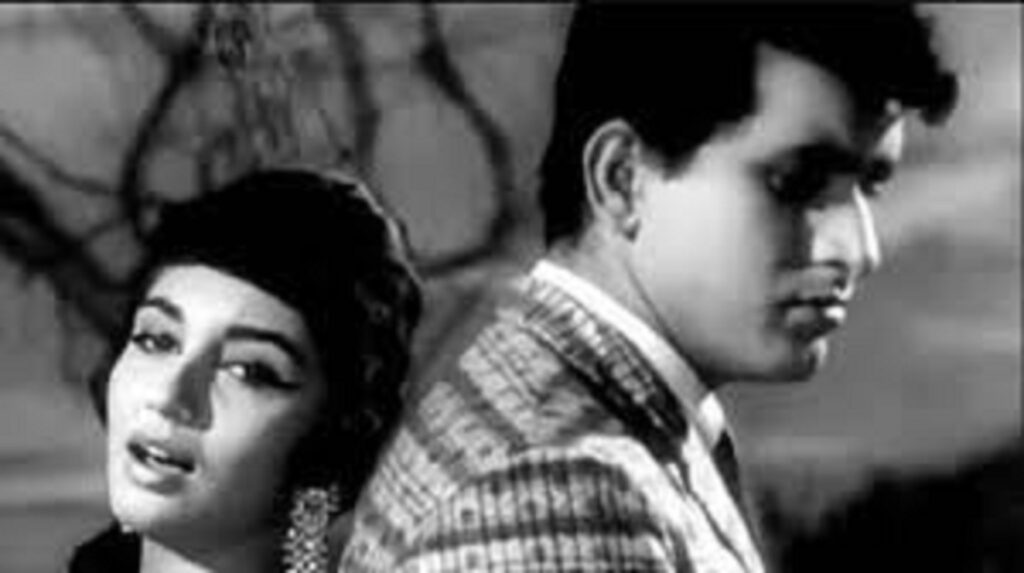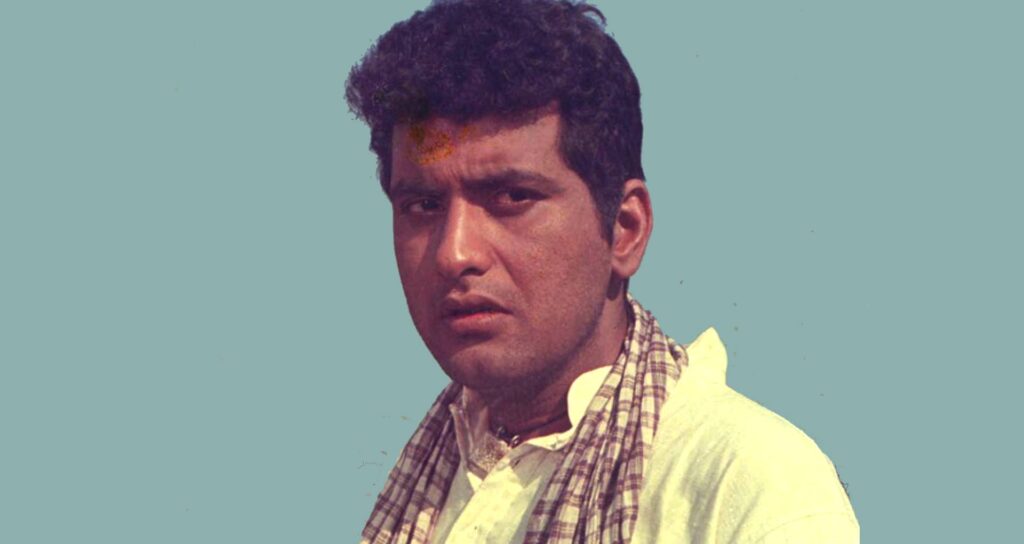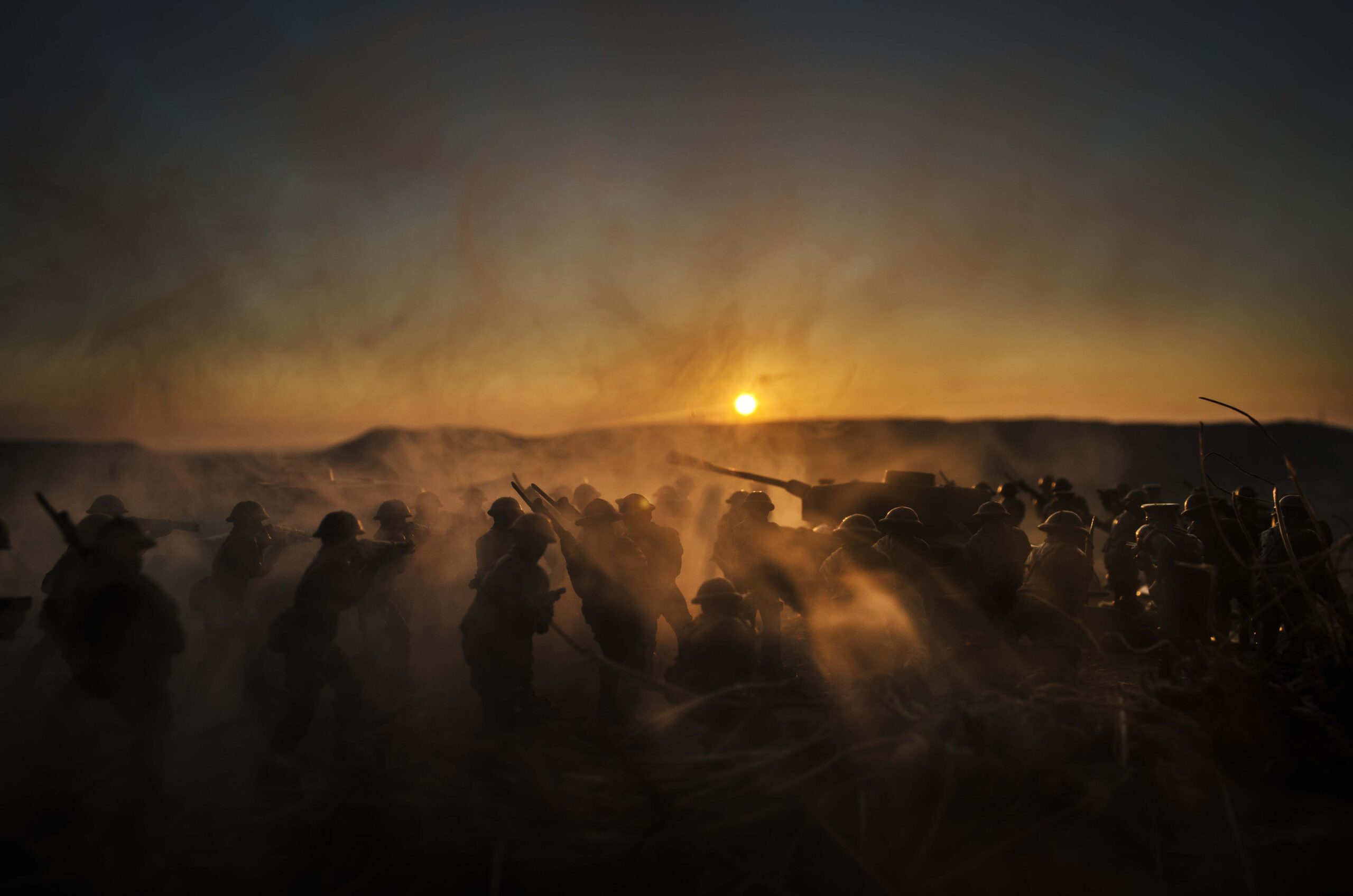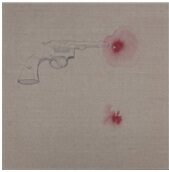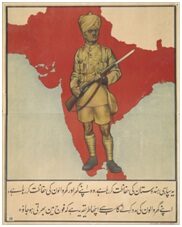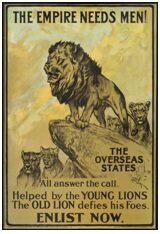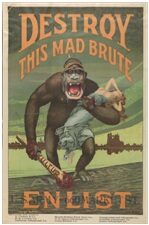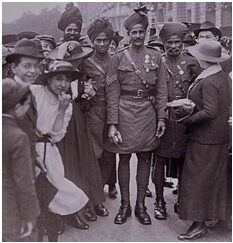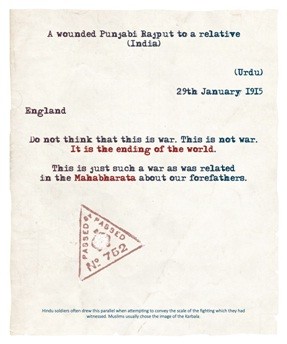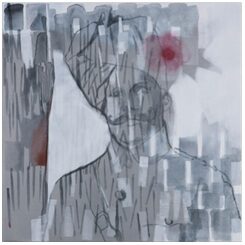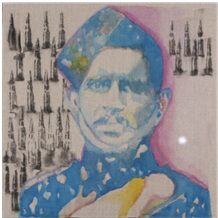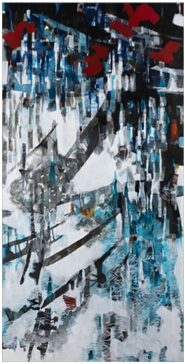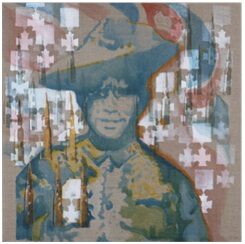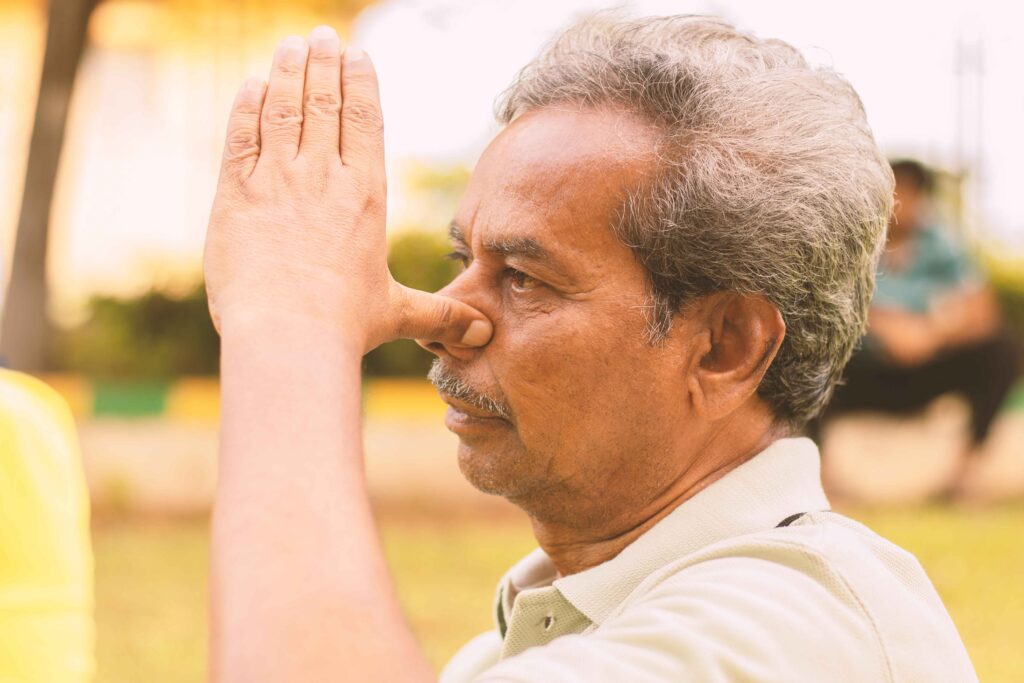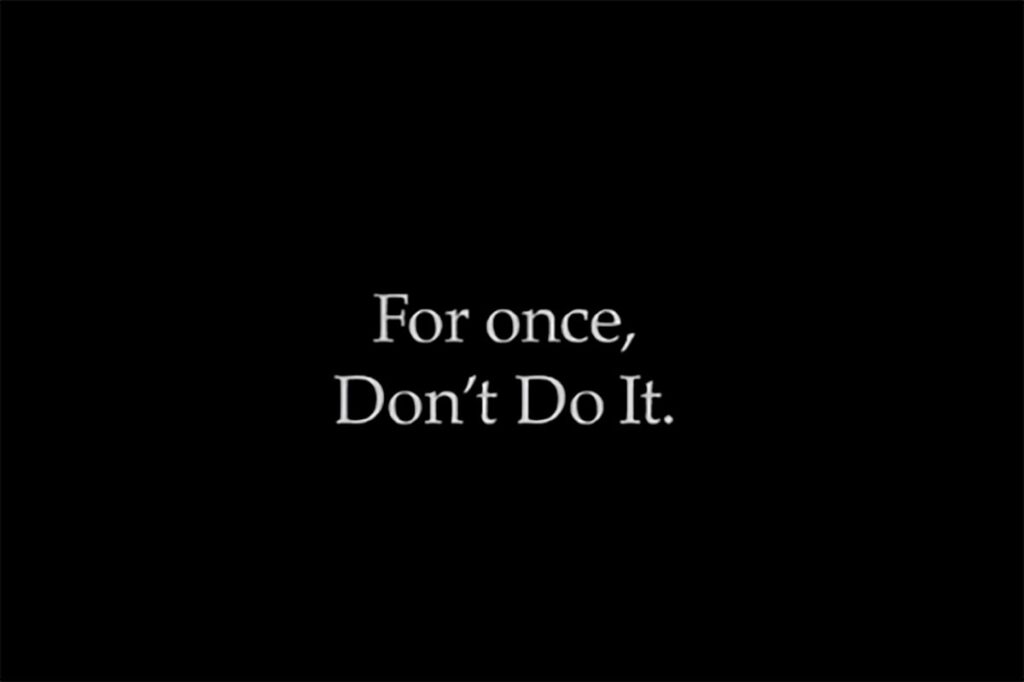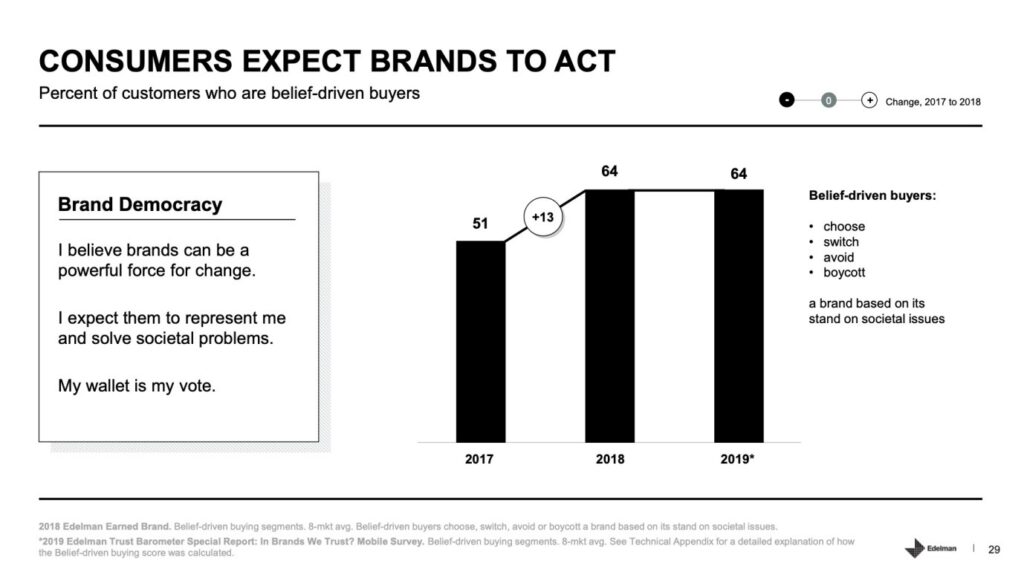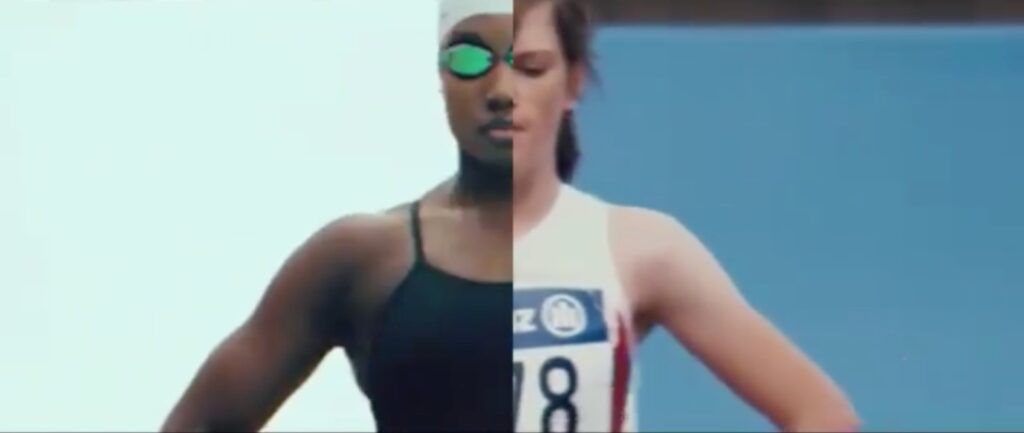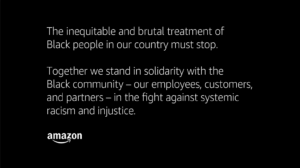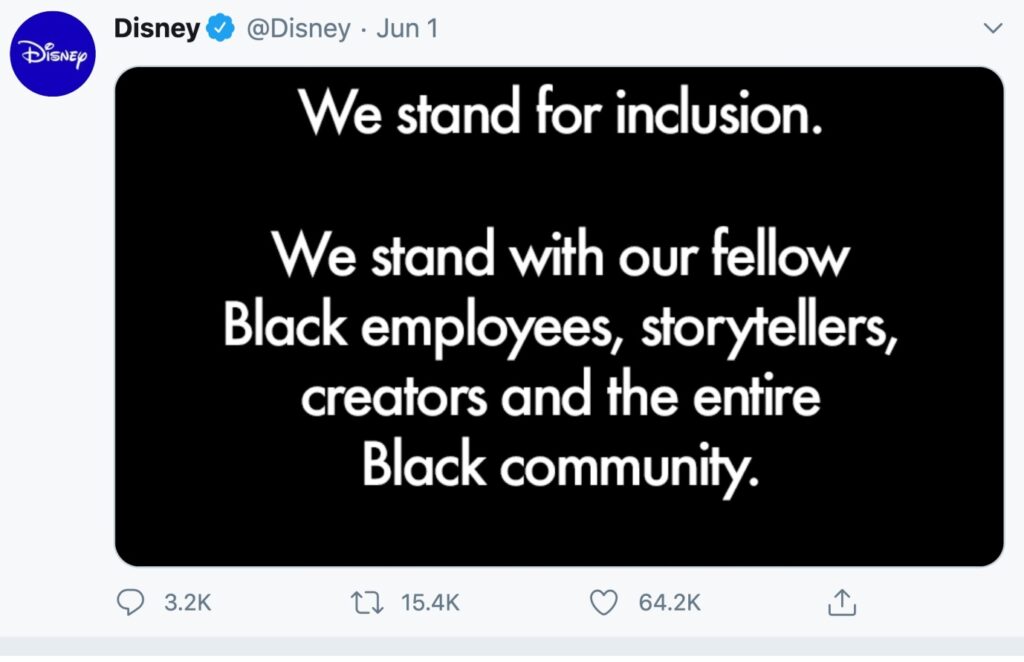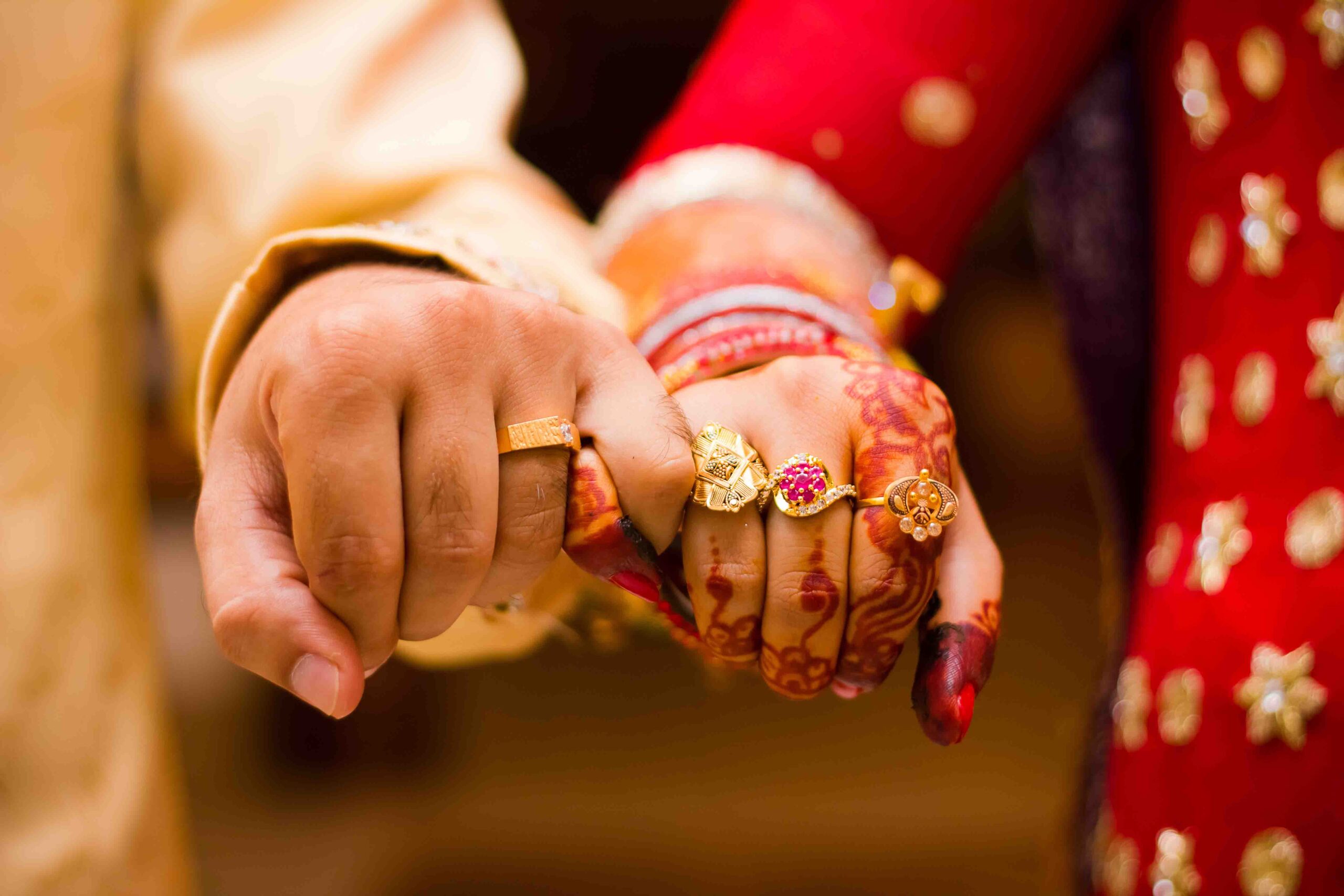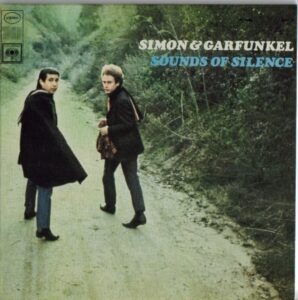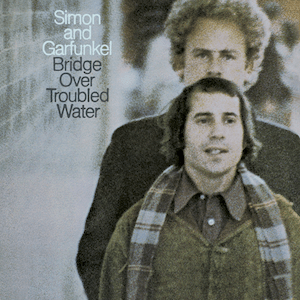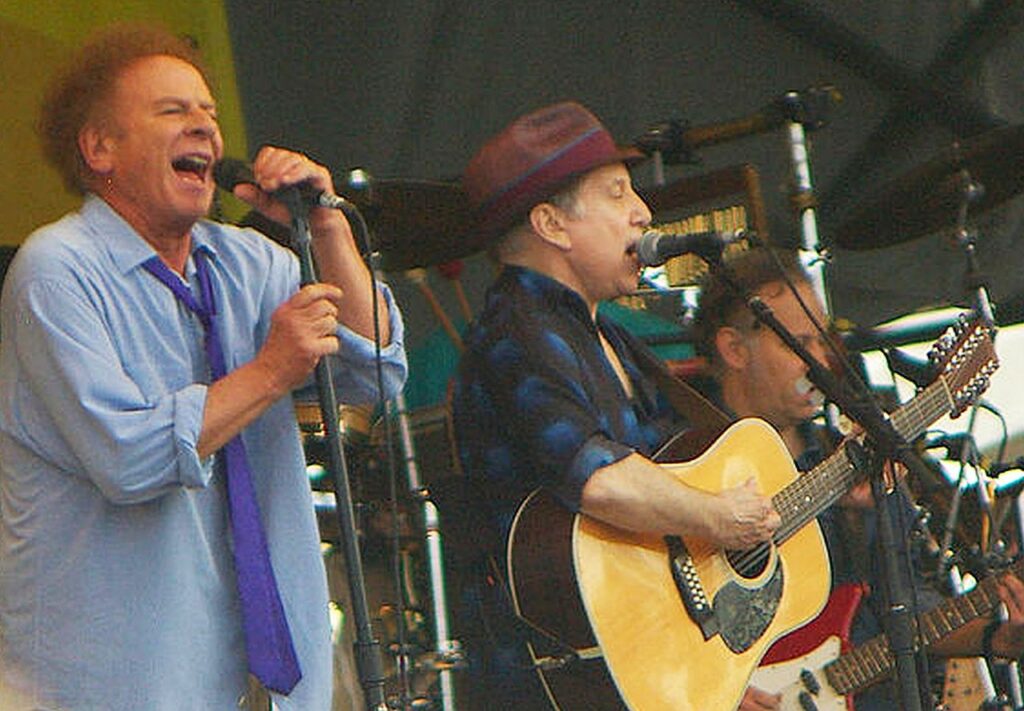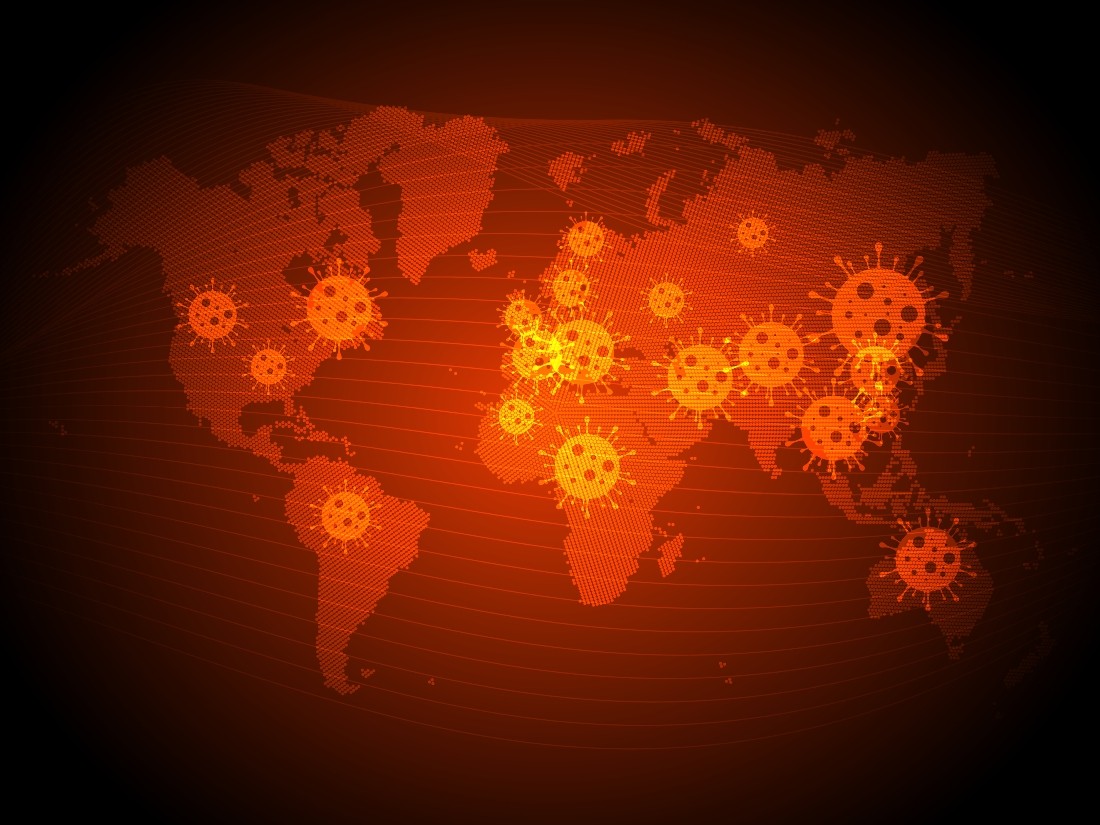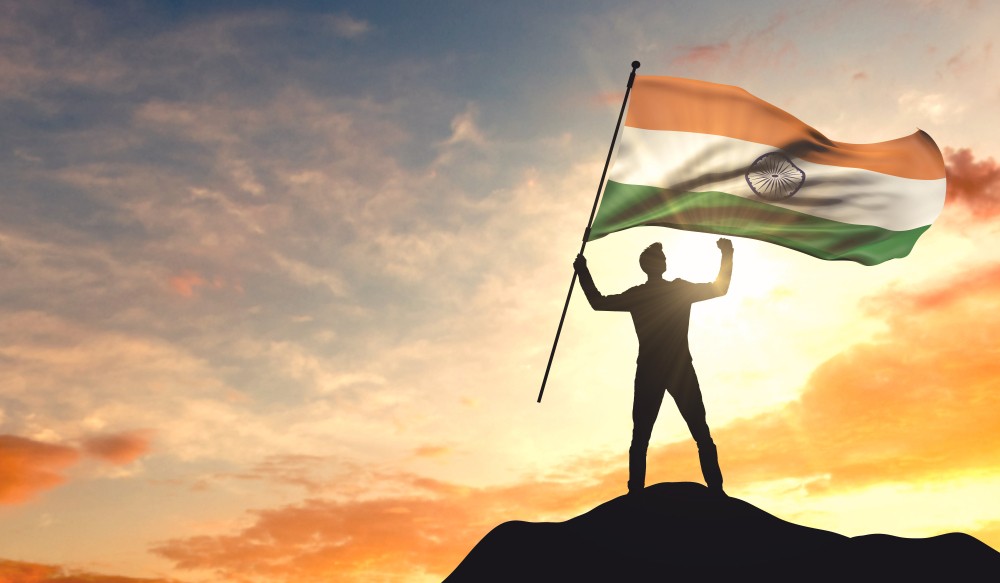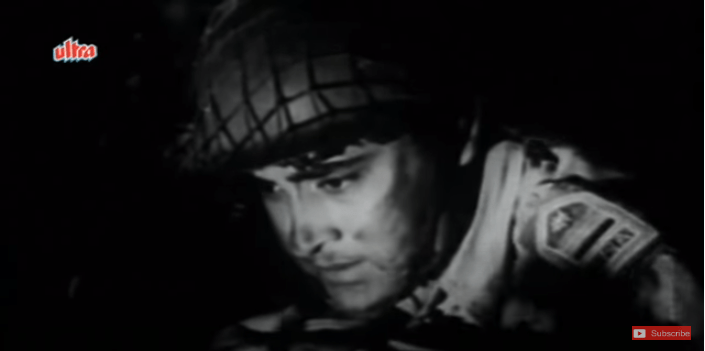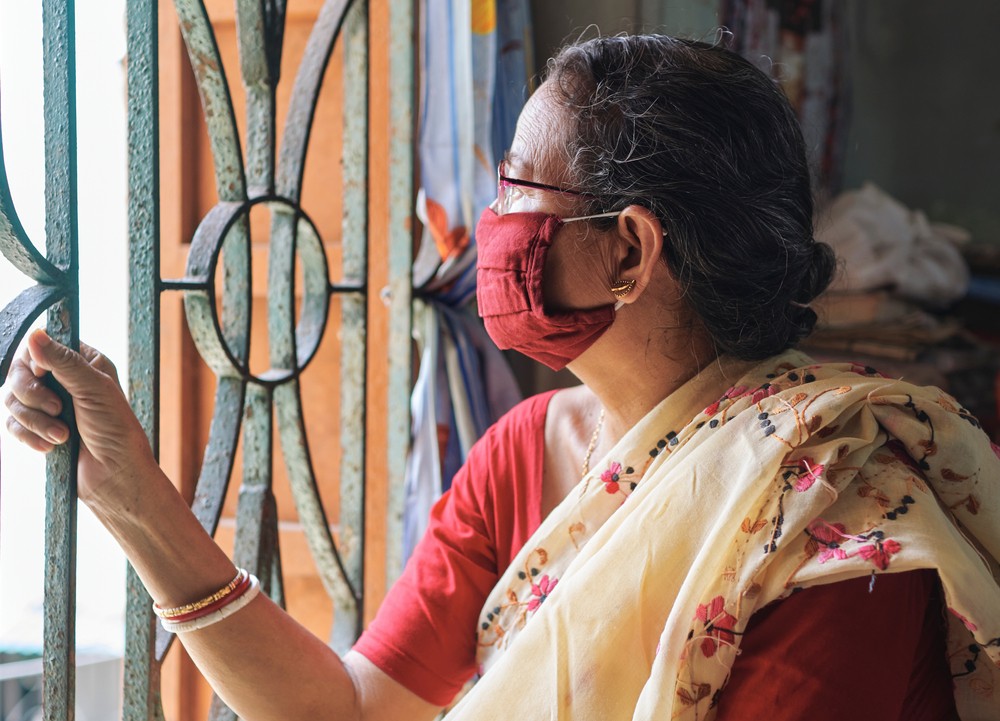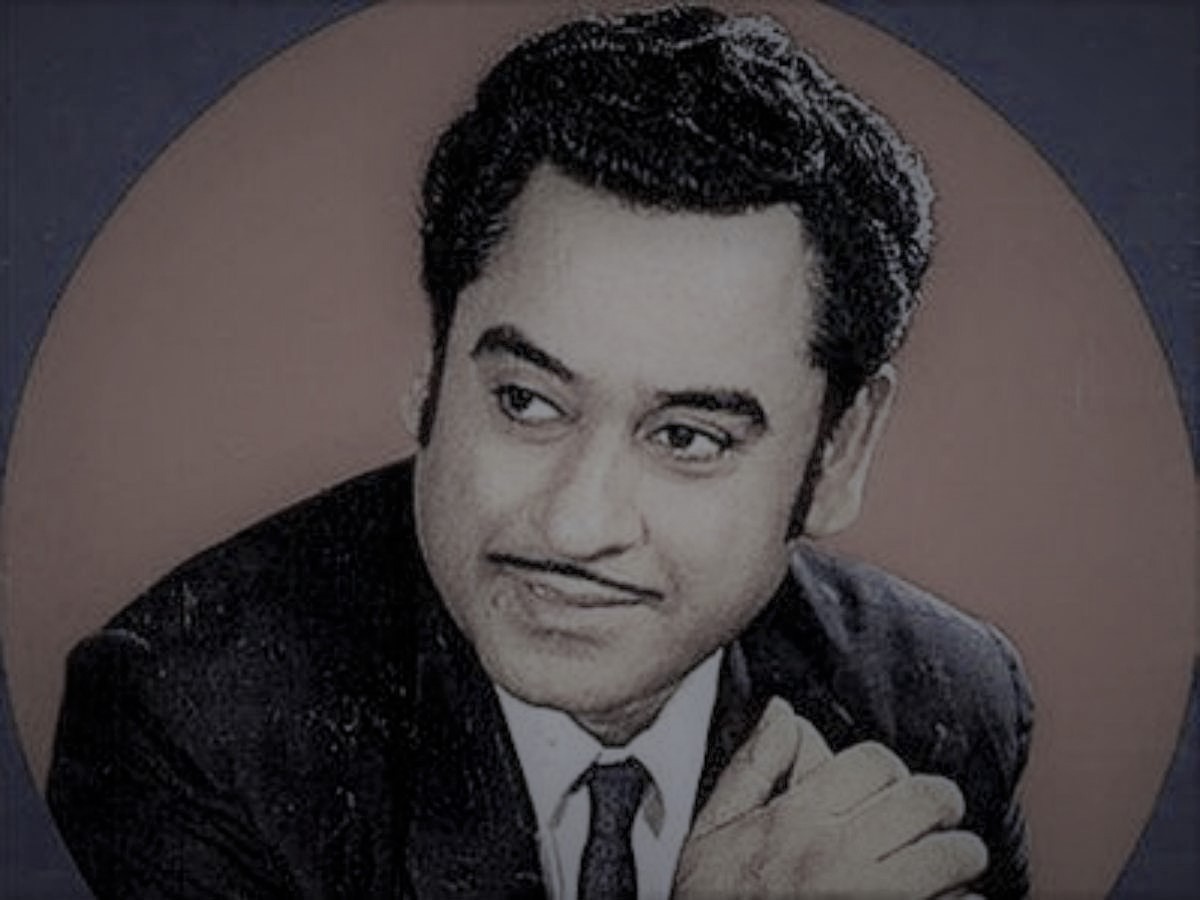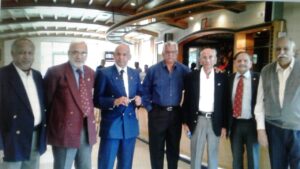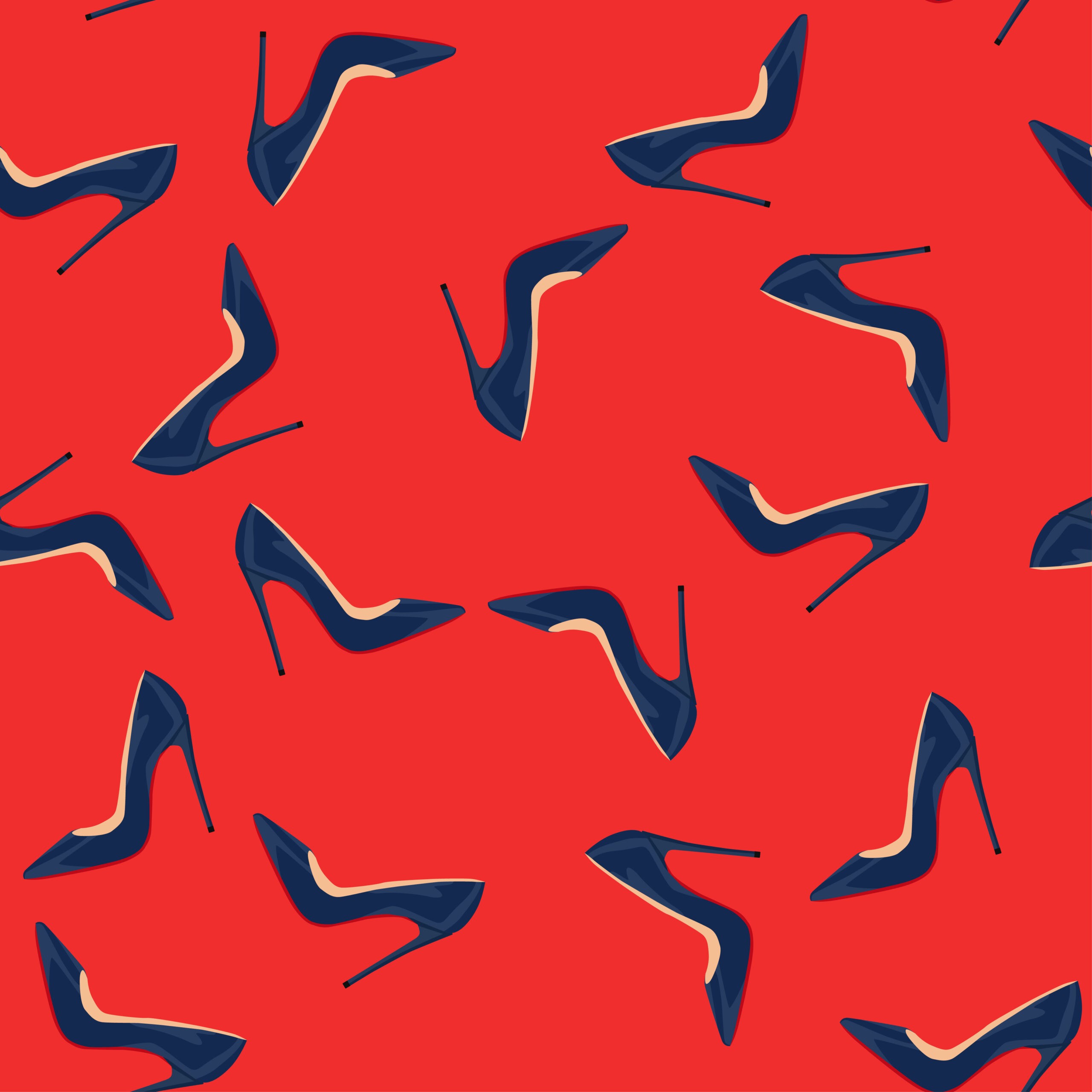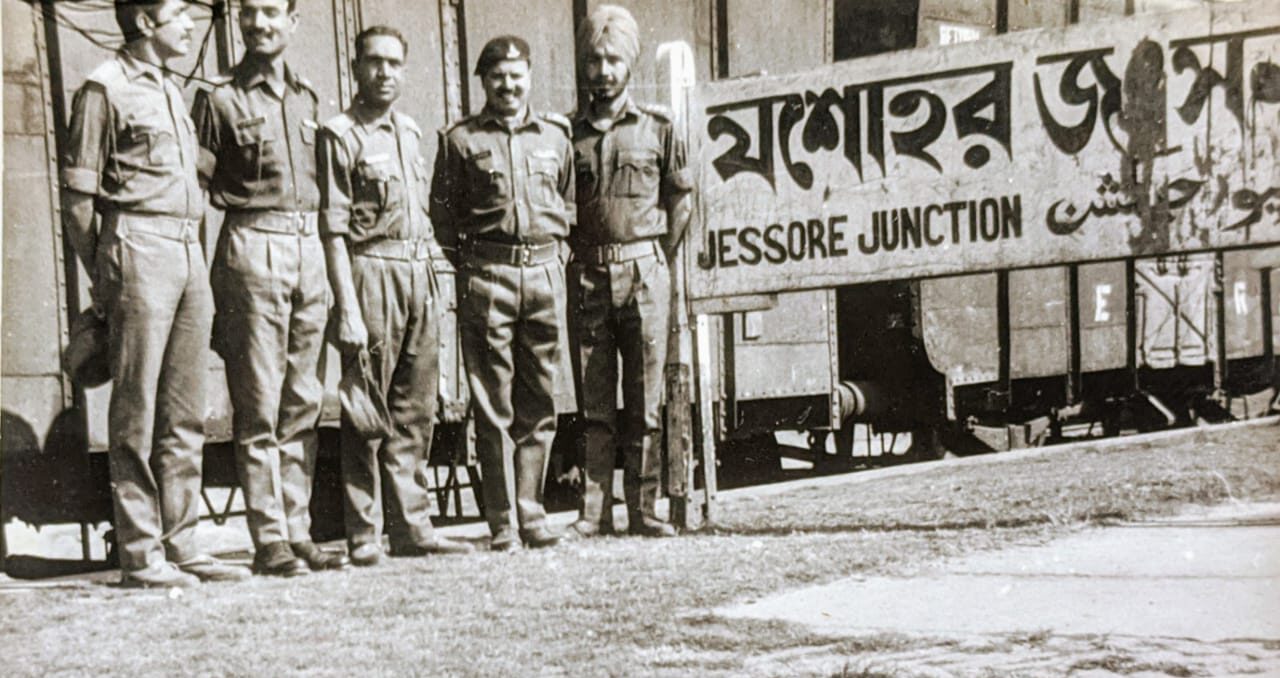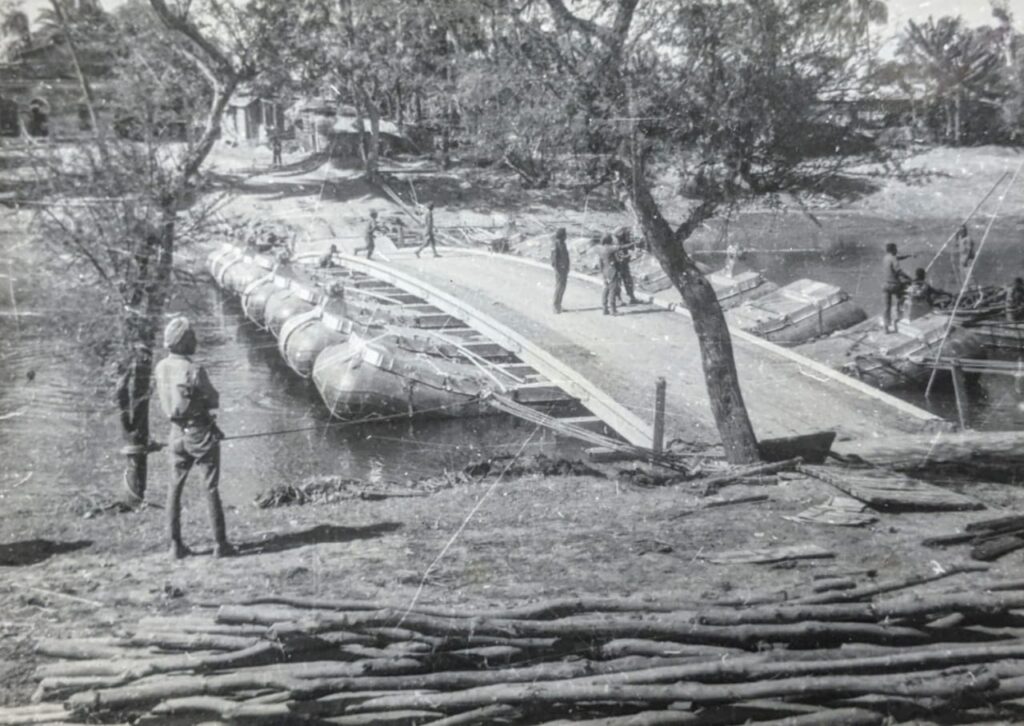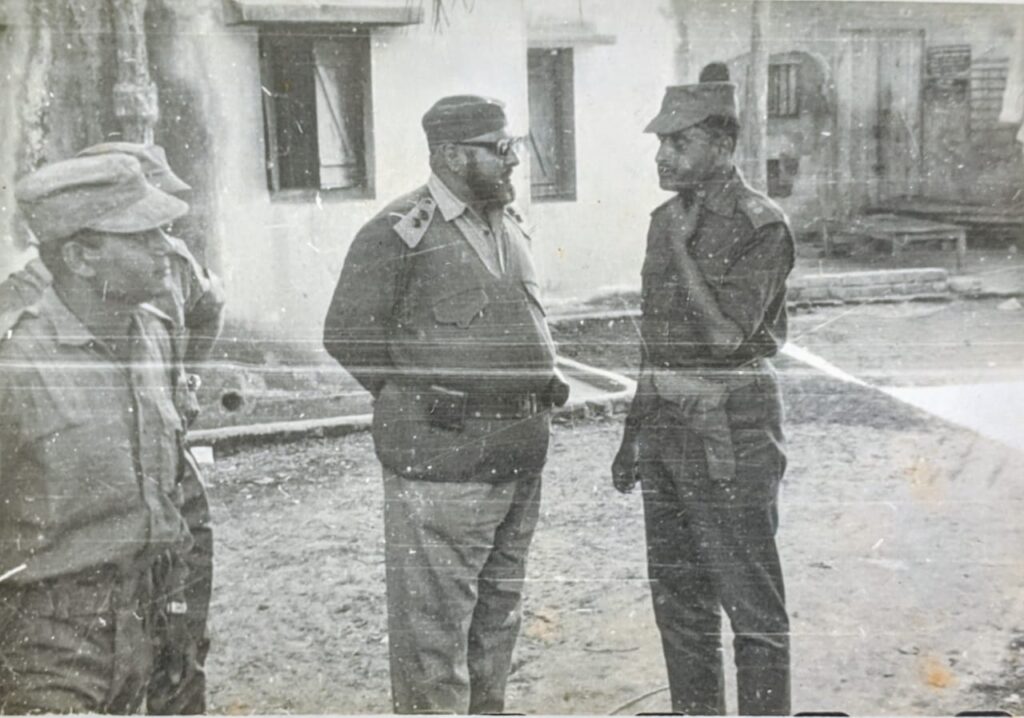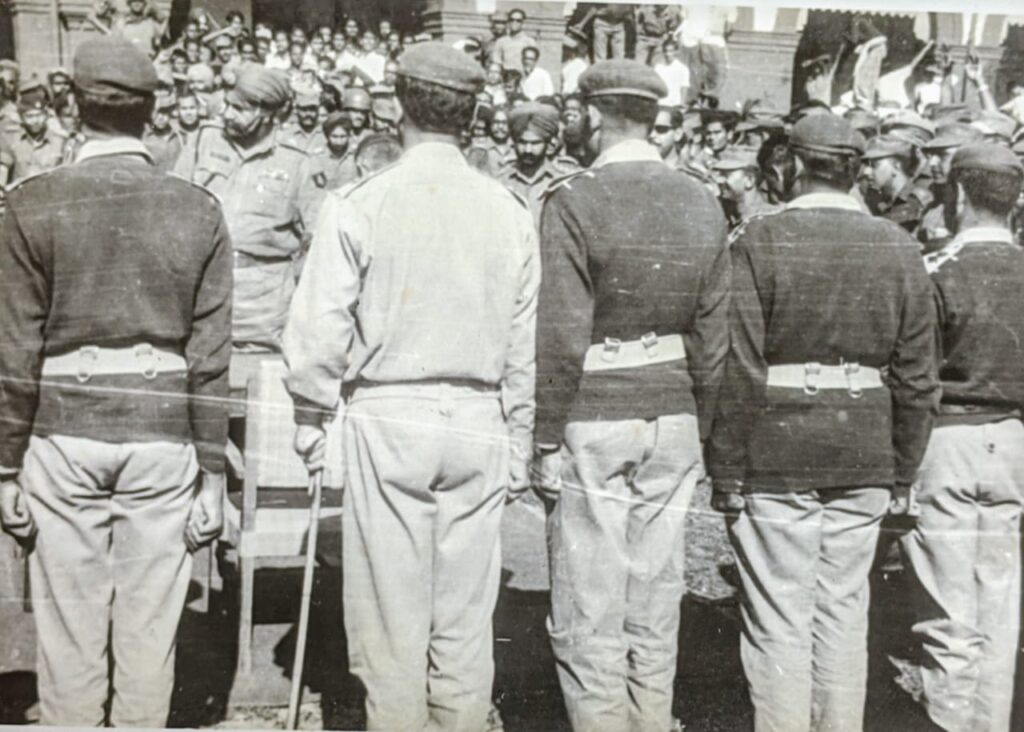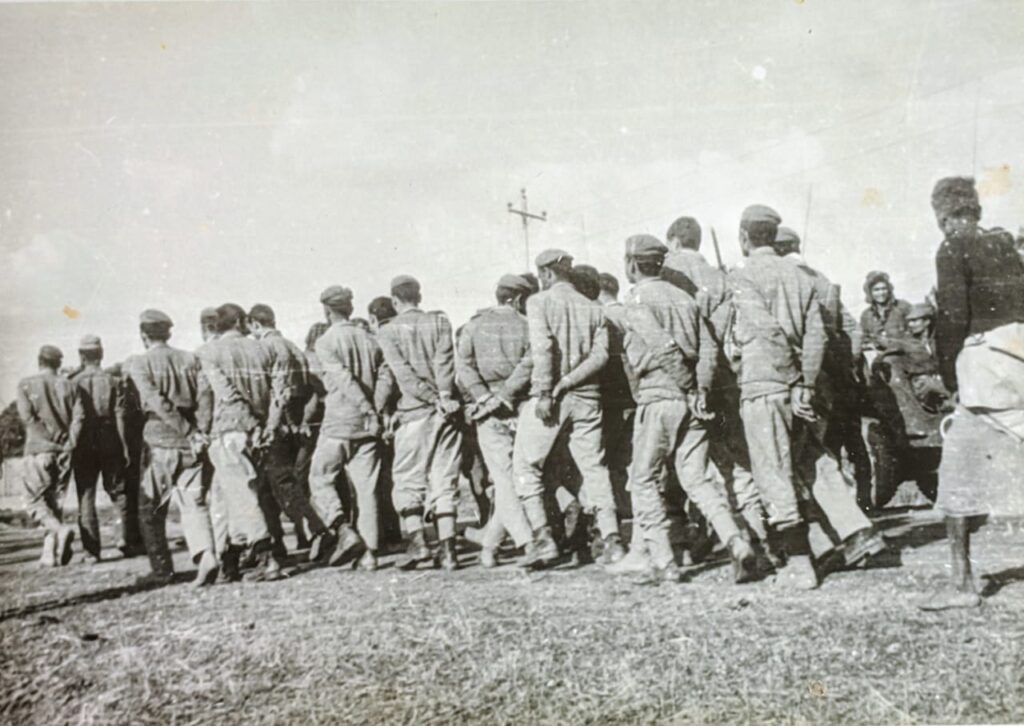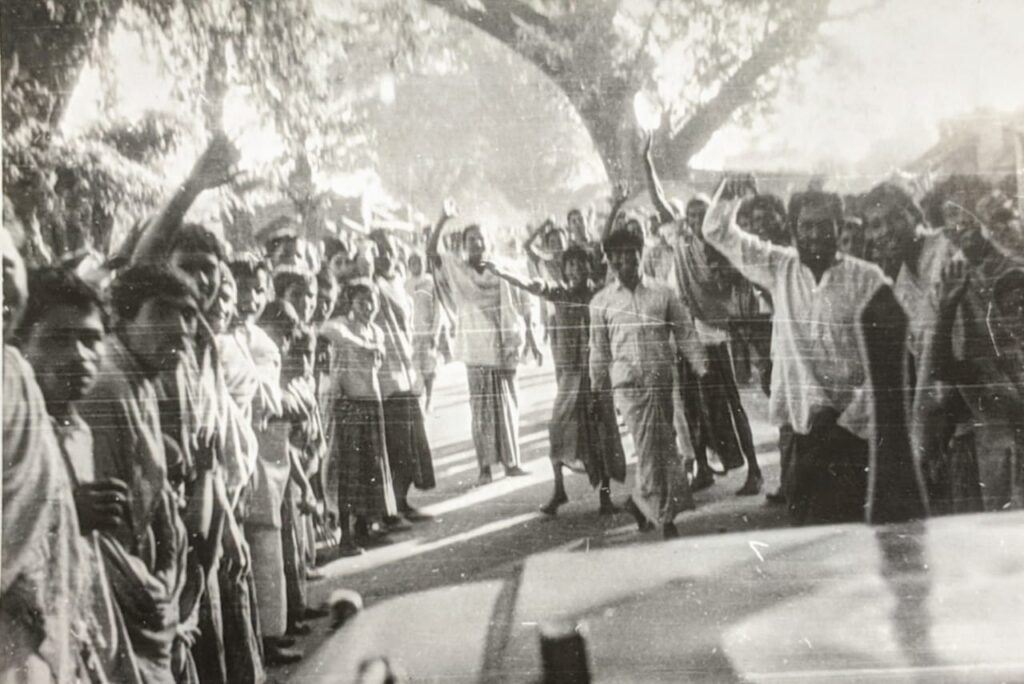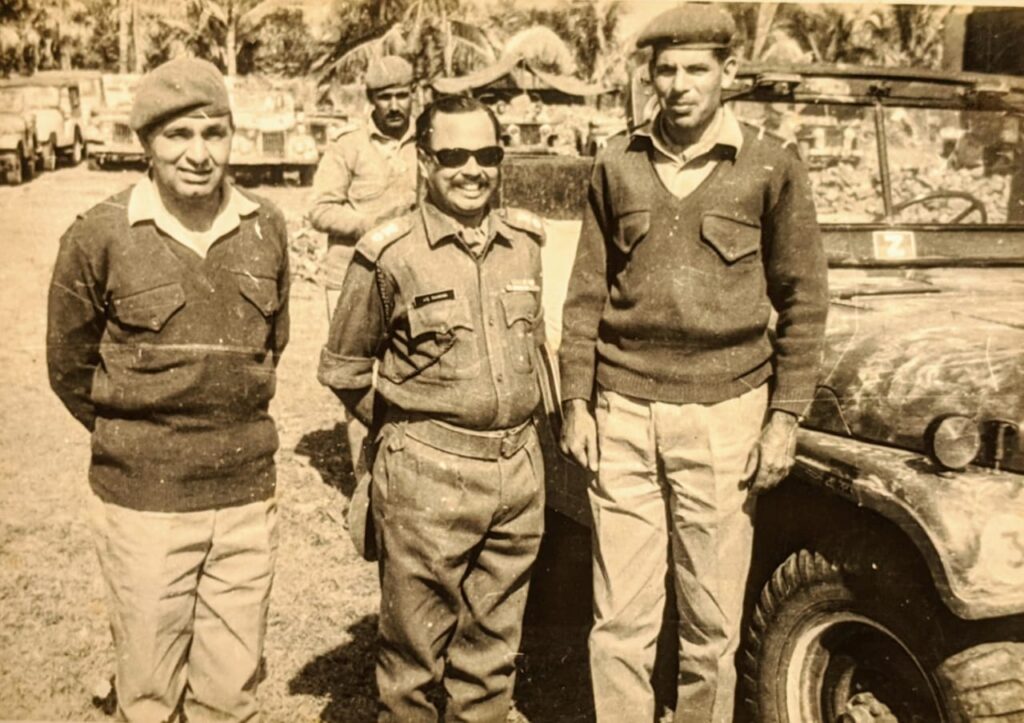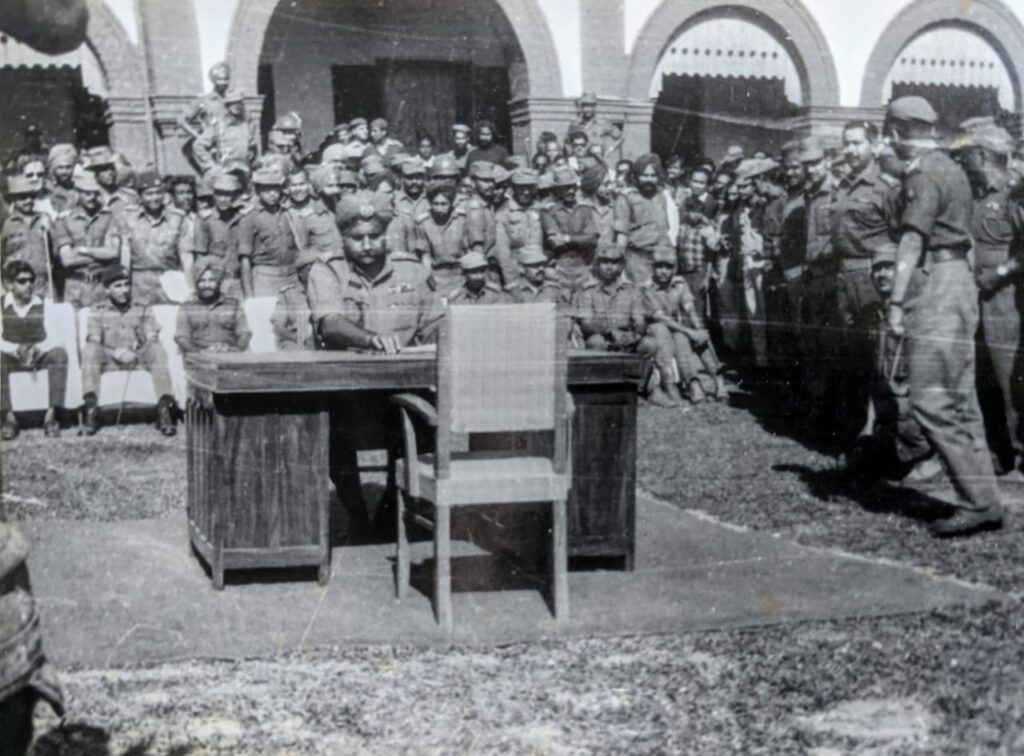The challenges and opportunities India faces are numerous and complex given the Covid-19 pandemic with the ‘New Cold War’ on the horizon and the likely ‘New World Order’ emergence, writes Brig (Retd) G B Reddy
Nerve-racking uncertainty is due to extraordinary complexities in all dimensions of security strategic affairs. The negative fallout of Covid-19 pandemic conjointly with the clouds of the ‘Second Cold War’ hanging on the horizon is real. Whatever may be their direction and course, one thing is certain. The world is no more going to be the same as in the past.
On the legacy of the French Revolution, Former Chinese Premier Zhou Enlai stated ‘too soon to make final judgments’. So also, it is too premature to forecast on outcomes of Covid-19 outcomes and the ongoing ‘new Cold War’.
The real issue to contemplate whether the 21st century will continue to be ‘American Century’ or will it shift to be ‘Chinese Century’ or ‘ Asian Century’ or ‘African Century’ or ‘Arctic Century’ or ‘Space Century’ or ‘Mankind’s Century’. Just as experts have been consistently highlighting that ‘Atlantic’ was the key region of 20th century, now majority among them believe that the shift has already taken place towards the ‘Indo-Pacific’ as the key region of the 21st Century or Indian Ocean Region as the key maritime region with nearly 46 littoral nations.
Francis Fukuyama in his reflections stated ‘Major crises have major consequences, usually unforeseen. The Great Depression spurred isolationism, nationalism, fascism, and World War II—but also led to the New Deal, the rise of the United States as a global superpower, and eventually decolonization. The 9/11 attacks produced two failed American interventions, the rise of Iran, and new forms of Islamic radicalism. The 2008 financial crisis generated a surge in antiestablishment populism that replaced leaders across the globe. Future historians will trace comparably large effects to the current corona virus pandemic; the challenge is figuring them out ahead of time.’ And, figuring out of outcomes in all fields of human affairs is most awesome.
Fallout of Pandemic
Covid-19, the fourth major geopolitical shock in as many decades – Cold war ending, 2001 – 9/11 and 2008 economic recession and the latest Covid-19. On the first three shocks, analysts and leaders grossly underestimated the long-term impact on their society and on world politics. Post Covid-19 pandemic, there is extraordinary unpredictability of outcomes in all dimensions of international and national security. How will the Covid-19 pandemic reshape geopolitics? Not so easy to reach well considered the long-term strategic implications. Experts differ with divergent views. So, it is well nigh impossible to draw credible conclusions.
The war against the Covid-19 has just begun. Crises in health and economy are real. Already, political, social and economic systems are under tremendous stress and strain. Both USA and China, two most powerful countries, are blaming each other over the causes of the pandemic and the blame for the global destruction it is causing. These arguments are likely to lead to negative-sum outcomes for both countries. The more the pandemic spreads and devastates economies, the more that all countries will suffer.
Experts believe that there will be major changes in the international order. A wide variety of views are in circulation –
- Likelihood of emergence of ‘New World Order’.
- Sifting status quo in international affairs. Stalled nuclear arms control talks.
- Role of the UN and WHO diminished and irrelevant.
- Emerging technologies of cyber and space warfare, including artificial intelligence, risk multiplying the possibility of conflict and miscalculation.
- End of an era of globalization.
- China may surpass the U.S. as a global power. Accelerate a shift from U.S.-centric globalization to a more China-centric globalization.
- Failure of U.S. political and diplomatic leadership could cost the U.S. in international influence.
- International order is set to alter. Likely scenarios:
-
- Intensified Sino-U.S. strategic competition but no major reorientation of major powers.
- Resurgent American leadership and multilateral institution-building.
- Regional revisionist powers consolidate their positions at the expense of China in Asia, Russia in Central and Eastern Europe, and Iran in the Gulf thereby allowing American dominance to continue as hither to fore.
- Status quo ante.
- Exposed inadequacies and shortcoming of existing institutions everywhere.
- Accelerating nationalism, isolationism, xenophobia, and attacks on the liberal world order.
- Rise of nationalism will increase the possibility of international conflict.
- Leaders may see fights with foreign nations as useful for polarising domestic vote banks by stirring emotions and sentiments on racial appeal.
- Isolationism is yet another gimmick to polarize vote banks.
- Populism to the fore.
- Widening gap between the rich and the poor, both people and countries.
But along with the problems, the crisis has also revealed government’s ability to provide solutions, drawing on collective resources in the process. However, lessons of post Depression and World War II stimulated growth and development lend hope for nations to recover and move ahead.
Geopolitics
Quite certain that hawkish would remain the international geo political landscape with crisis hotspots spread all over. Crisis of values or civilization wars – between Western and Eastern Civilizations – is also real with China as a counter to Western values and ways of life. Human rights and democracy are viewed as threats.
There are nearly 17 ‘Hot Spots’ where there were more than 10,000 killed in 2019. Most importantly, most dangerous ones include: North, East and South China Seas in the Pacific region tense, volatile and potentially explosive (Japan, South Korea, Taiwan, and ASEAN nations); Hong Kong; Taiwan; Indo-Tibet and Bhutan Border Crisis; Pakistan as a fragile nation with radical Islamists to the fore; Afghanistan; Iran; Iraq; Syria; Israeli occupation; Somalia; Libya; Nigeria; Congo, among others in African continent, EU nations demographic transitions; Latin American turmoil; Arctic resources grab; and the space domain.
Of utmost concern, particularly to neighbouring nations of China, include: Increased Chinese incursions into maritime territory also claimed by Southeast Asian countries; deadly border skirmish in India’s Ladakh region; claims over Bhutan and Tajikistan territory’s; stand-off with Japan and South Korea over sea frontiers; Taiwan integration pursuit; imposition of national security law to quell Hong Kong protests; repression of ethnic minority’s repression in the Xinjiang; and the ongoing trade and diplomatic war with the USA.
Following Trump’s unpredictability on the foreign policy front and his much touted Trump’s ‘Make America Great Again’ and US retraction to isolationist posture from ‘global Policemen role, former strategic allies of USA are in dilemma. Trump alienated allies, but has them acting in America’s interests and their own also. Of course, NATO allies realize that they cannot anymore depend on the USA to militarily defend them from Russian aggression. Similarly, even the SEATO and ANJUS allies in the Asia-Pacific region also cannot also depend solely on the USA to militarily defend from emerging Chinese threat concerns. It has to be a joint multinational effort.
What will be the ultimate US posture would depend upon the outcome of domestic elections in November 2020? However, USA is unlikely to yield to Xi Jinping’s demand to be treated with ‘Equal Respect’ due to its super power status. For example, USA postures in the South China Sea and its ‘QUAD’ proposition for the Indo-Pacific region or ‘Alliance of Democracies’ against authoritarian China clearly reflect USAs current posture.
Next, China’s rise (superpower status) is characterized by hegemonic and expansionist postures in its spheres of influence. It has emerged on the centre-stage and as a global actor. China already towers over Russia in nearly every dimension. It has also consolidated its role and interests with 30-year long contracts with nations across Latin America, Africa, Central Asiatic Republics and West Asian nations. China’s presence is now felt in every corner of the world with its OBOR/BRI ventures and the Maritime Silk Route. But, Xi Jinping too needs to navigate domestic turbulence – Xinjiang and Hong Kong. Xi Jinping too has to face 2022 elections for the third term.
Modern Russia is still taking shape. Russian resurgence is yet another critical factor, particularly its attempts to consolidate its interests in Crimea and West Asia. Ipso facto, the collapse of oil demand and prices has imposed strain on Russian economy. Putin’s prophesized in 2016 that ‘The New Cold War Is Here’; and warned that ‘Trump Is Preparing for a New Cold War.’
China and Russia, unequal partners, are forging enduring strategic partnerships. Even more unequal will be their partnership with increasing economic cooperation. Ultimately, Russia too may become a junior partner. Between the 1960 and 90s, Russia exported a greater range of products to China, when China was still developing. Now, their roles have been reversed. China is increasingly competitive in global arms sales and has surpassed Russia to become the world’s second-largest arms producer. Russian firms have accused China of illegally copying Russian military hardware. China’s sheer mass, proximity, and willingness to economically coerce its partners could eventually compel Russia to look for alternatives.
Most importantly, Russia’s demographic decline — exacerbated by a steady brain drain — continues. ‘Sinification’ of the Russian Far East remains on the domestic political agenda. In January 2020, Russia closed its border with China. Authorities in Moscow have targeted ethnic Chinese for detention and possible deportation. Over a third of Russians said they would avoid contact with people of Chinese origin or appearance, according to an IPSOS poll in February 2020. Similar numbers said they would avoid purchasing Chinese products. Chinese businesses on Russia’s side of the border are facing Covid-19 backlash – popular animosity and mistrust to the surface.
Middle powers – Turkey, Iran, Saudi Arabia, and Brazil – attempting to assert their power in their backyards with Gulf nations – divided – with their oil wealth continuing to hold the keys to energy security. Israel continues to secure its security interests.
EU nations, Japan, Australia – Great Powers pre and post World War II – are quite concerned about their security interests in posterity. Yet, all of them have not unconditionally embraced the United States. From Australia to India to Japan, all significant trading partners with China, economic pragmatism and wariness about the ideological tinge and durability of the U.S.-led campaign have prompted intense domestic debates about how far each country should lean into an anti-China bloc. Other countries with interests in the South China Sea have been more ambivalent about joining an overt alliance with the United States. Mutually dependent economic linkages and supply chains have their own logic to shape relations. How they will play out in future is anyone’s guess.
Islamist radicalism resurgence is also a threat in being after reverses in Iraq-Syria. Islamist radicals and their sleeping cells may appear to be dormant, but their violence escalation will remain a threat in being.
Ideologically, authoritarianism, nationalism and populism are to the fore in international affairs. And, domestic politics are driving policies of all nations. Authoritarians are consolidating in many nations. Democracy appears to be on the retreat. Under pressure, even Xi is stirring up nationalist fervour just as Donald Trump and others elsewhere are indulging in such rhetoric. Consequently, globalisation may be on the back-burner in short term context.
In the light of the foregoing complexity and fluidity, peace and stability will remain fragile and forlorn hope. Global, regional and local stability and security may remain mirage.
Thus, nations will be compelled to rally around either ‘super power’ in a ‘bipolar’ strategic partnerships/alliances or multi polar configurations to ensure international peace, stability and security. In what form they would emerge and consolidate will be dependent on the outcome of US Presidential election by the end of November 2020 and inauguration in January 2021. Most importantly, China has become the ‘Whipping’ target in the ongoing battle of ballot box of both Republicans and Democrats. Having raised temperatures to such high levels, none should expect the US to retract from ‘Hard Line’ postures against China.
Economic Recession or Plunge
IMF forecasts world total GDP to reach $88.2 trillion in 2019 – jump from $80.250 trillion in 2017 with growth rate of 3.14%. Economic recession or plunge is inevitable due to COVID-19 pandemic outbreak. After all, the COVID-19 is once-in-a-generation threat to the world’s population. Forecast worse than the Great Depression of 1930s. The pandemic has resulted in severe global economic disruption, the postponement or cancellation of sporting, religious, political and cultural events, and widespread shortages of supplies exacerbated by panic buying. Also, there is sharp rise in unemployment, 2020 stock market crash, tourism and hospital industry collapse, crash of the price of oil, destabilization and collapse of the energy industry, increase in government debt, and major downturn in consumer activity, market liquidity crisis, riots and civil unrest. As per the World Bank, the global economy will shrink by 5.2% in 2020.
Growth is bound to decline and shrink. Normal economy may never revert back. Many jobs lost will never return. Thriving supply chains may never recover. Tourism is bound to decline substantially in short term context. Zero or negative economic growth in many nations is quite likely. Recovery will be slow in the beginning; but pick up after 2021.
When will markets and industry reopen and how rapidly they will recover is a million dollar question. Mitigation efforts—including lockdowns and travel bans—have attempted to slow the rate of infections to conserve available medical resources; but a second follow-on outbreak is not ruled out.
Ipso facto, the pandemic has created a massive economic contraction that has been followed by financial crisis in many parts of the globe with nonperforming corporate loans accumulate alongside bankruptcies. Sovereign defaults in the developing world are also poised to spike. Not only is the volume of trade down; the prices of many exports have also fallen. And the crisis will hit lower-income households and countries harder than their wealthier counterparts. Indeed, the World Bank estimates that as many as 60 million people globally will be pushed into extreme poverty as a result of the pandemic.
The global economic pillar – World Bank, the IMF, WTO and other financial institutions and alliances – are all facing challenges. All of them are predicting negative economic growth. Some experts believe the global GDP may shrink back to levels of 2008-2009. However, Governments around the world have deployed economic firepower on a scale rarely seen before.
Regional economic alliances are being viewed with circumspection by host nations out of fear of a ‘New Colonialism’ exploiting host nations.
The rise of Chinese ‘Economic Frankenstein Monster’ is the result of American investments of the post Richard Nixon-Henry Kissinger’s befriending of Mao Zedong- Zhou Enlai following ‘Ping Pong Diplomacy’ in 1972. China’s economic success has eroded American dominance. The U.S.-led financial system of the past is today devastated.
Indian economy has almost certainly entered a contraction. Due to exodus of migrant labour, small and medium scale business enterprises, and real estate, are the worst hit or on virtual breakdown. The real critical issues to address includes: 1) Early return of migrant labour to work places; 2) Central government’s financial policies and effective implementation; and, 3) Labour Law reforms concerning Migrant Labour.
Speed is the essential parameter. The government machinery is well aware of the prudent policies to be incrementally adopted. The primary goal for fiscal policy should be to cushion the downward shock as much as possible and set the conditions for the economy to bounce back. So, initial Central Government and Reserve Bank of India’s monetary policies responses were primarily aimed at cushioning the blow to households and firms.
Demand for financial stimulus is the suggested panacea. Direct Beneficiary transfers are good ways to provide needy succour to the real beneficiaries. The Finance Minister, Ms. Nirmala Sitharaman, had announced various stimulus packages. The set of RBI announcements makes it easier and less expensive to borrow, encouraging firms and consumers to accelerate investment and encourage purchasing decisions. In addition, the government also needs to accelerate payments to suppliers and vendors to improve their cash flow during this difficult time.
As per IMF Chief Economist, Gita Gopinath’s India is spending around 1% of its GDP to combat the economic impact of Covid-19, but emerging markets on average are spending 2.5%. So, India can spend more. Surely, Modi and his team of economic advisors are well aware of the need to spend more incrementally by targeted financial infusion; but not by squandering the scarce resources.
Finally, Covid-19 has brought to limelight the real plight of migrant labour without adequate protections left free to fend for themselves after 73 years of democracy and socialism. In retrospect, the Central and State governments must enact labour laws that must provide to them adequate ‘safety net’ like direct payment of wages into their Bank Accounts based on minimum wages for various skills, provident fund, medical facilities and health insurance, housing provisions, ration cards and so on covering all aspects of their livelihoods. Surely, they cannot be left to fend for themselves in a nation that prides itself as ‘Welfare State’.
In sum, the real challenge is for revival of Indian economy to pre-Covid-19 status and steer it towards $5000 trillion economy by 2025. Small and medium business establishments particularly family based establishment like ‘Tea Stalls and Tiffin Centres’, which were the worst hit, have now resumed normal activities. Also, agricultural operations in rural areas are normal with bountiful harvest – almost contributing 3% to GDP as safety stock. No need to endlessly decry and berate the government machinery. After all, the nation collectively is waging War against the Covid-19 pandemic, the collective will of the nation is vital; but not demoralizing vituperative diatribe poured endlessly against the current state of affairs.
Technology
Today, it is the ‘Technology Age’. So, ‘How is China faring in the ‘TECHNOLOGY COMPETITION’? China’s goals are clear — in Xi’s words, ‘catch up and surpass’ the U.S. is nothing new. It traces a lineage in Party guidance from Mao Zedong to Xi Jinping, with an emphasis on technology as a source of national power and key domain of international competition, and ‘indigenization’ as a top priority. Two examples illustrate the rapidly changing dual-use technology landscape, with dramatic implications for the commercial economy and military capability: 5G in telecommunications and quantum technologies.
While the U.S. still leads China in more technologies than vice versa, the playing field is rapidly evolving. China already leads the U.S. in the deployment of hypersonic, small drones, quantum communications, 5G, facial recognition software, e-commerce and mobile payments (with 700 million internet users), electric vehicles, clean power technology (wind and solar), high-speed rail, and the world’s largest database of genetic engineering data. China challenges U.S. technology leads in AI, genetic engineering, quantum computing and quantum sensors.
As per experts, China’s rapid technological advances are playing a leading role in contemporary geopolitical competition. These dynamics are enmeshed in a broader context of U.S.-China tensions; U.S. alliance management challenges; complex and shifting global supply chains; debates over economic and technology ‘decoupling’; tensions between norms of research openness and concerns about technology transfer; a contest for global technology standard-setting; rapid technological development in other countries, particularly in East Asia; and transnational debate about the regulation of large technology firms.
Finally, the quest of indigenous technology design, development, absorption and accelerated transfer of sun-rise technologies, particularly military technologies in all domains, remains a mirage considering the performance of our R & D and S & T institutions. The exception is the Space Department, which has been giving significant breakthroughs. It is high time that agencies like ‘Aeronautical Design and Development Agencies (ADA)’ be placed under the management of Space Organization to fast track the design and development of the ‘State-of-the art Jet Engines both in the military and civilian fields’ to substitute extravagant import needs. Otherwise, India would remain a perpetual laggard.
Post Covid-19 has reinforced the focus on the need to shift from ‘Made in India’ to ‘Made by India’. Can Indian indigenous intellect do give the nation significant breakthroughs in all fields? And, the future of national power rests on our S & T community. They must stop ‘Reinventing the
Wheel’ or ‘Reverse Engineering’ focus. They must emerge as ‘original innovators’. And, the IITs and the premier industrial houses must partner to innovate. And, they must be financially supported by the government.
To sum up, the challenges and opportunities India is facing are numerous and complex consequent to outbreak of Covid-19 pandemic, the ‘New Cold War’ on the horizon and the likely ‘New World Order’ emergence. It depends on political and bureaucratic decision makers to steer the course of the nation on even course.









